Peridot
The Gemstone of the Sun
Peridot, with its vibrant green glow, has been cherished for thousands of years as a symbol of prosperity, renewal, and protection. Unlike most gemstones that derive their color from trace elements, peridot is naturally green, making it a rare and unique beauty. In this guide, we explore peridot’s origins, formation, cultural significance, pricing, jewelry styling, best pairings, color inspirations, and a fun discussion topic to help you appreciate this radiant gemstone.
Origin of Peridot
Peridot is one of the few gemstones that only occurs in one color—green, ranging from yellow-green to deep olive. It is primarily found in volcanic regions and meteorite fragments.
Major Peridot Sources:
-
United States (Arizona, Hawaii) – The San Carlos Apache Reservation in Arizona is one of the most significant peridot suppliers.
-
China – Produces large quantities of commercial-grade peridot.
-
Pakistan (Kashmir, Suppatt Valley) – High-quality peridot with an intense green hue.
-
Myanmar (Burma) – Known for its rich, deep green peridot.
-
Egypt (Red Sea, Zabargad Island) – An ancient source, where peridot was mined as early as 1500 BCE.
-
Vietnam & Sri Lanka – Emerging sources for fine peridot.
-
Meteorites – Some peridot specimens have been discovered in pallasite meteorites, making them one of the few extraterrestrial gemstones on Earth.
Peridot is found in igneous rocks, lava flows, and deep within the Earth's mantle, making it geologically fascinating.
Formation Process of Peridot
Peridot is a variety of the mineral olivine, formed under intense heat and pressure in the Earth's upper mantle.
Formation Process:
-
Magma Crystallization – Peridot crystallizes deep within the mantle under extreme temperatures.
-
Volcanic Eruption – Tectonic activity pushes peridot to the surface via lava flows.
-
Weathering & Mining – Over time, peridot is mined from volcanic deposits or recovered from meteorites.
Unlike many gemstones that require multiple elements for coloration, peridot’s green color comes from iron within its chemical structure. The intensity of the green depends on the iron content—higher iron levels result in a deeper green.
Cultural Significance and Meaning of Peridot
Peridot has a rich history and has been linked to royalty, protection, and abundance.
Symbolism & Historical Uses:
-
Ancient Egypt – Peridot was the “Gem of the Sun”, believed to protect against evil spirits.
-
Medieval Europe – Used in church decorations and associated with divine inspiration.
-
Hawaiian Folklore – Thought to be the tears of Pele, the volcano goddess.
-
Modern Metaphysical Properties – Peridot is associated with:
-
Emotional healing and self-growth
-
Attracting prosperity and abundance
-
Protection from negativity
-
Peridot is also the birthstone for August and the 15th wedding anniversary gemstone, making it a meaningful gift.
Market Value and Rarity
Peridot is considered a semi-precious gemstone, and while not as rare as some other gems, high-quality specimens with deep green hues are valuable.
Peridot Price Ranges:
-
Commercial-Grade Peridot: $10 – $50 per carat
-
Fine-Quality Peridot (Deep Green, High Clarity): $100 – $500 per carat
-
Burmese or Kashmiri Peridot: $500 – $1,500 per carat
-
Meteorite Peridot (Extremely Rare): Priceless
Factors Affecting Value:
-
Color – The most desirable peridot is a pure, deep green without brown or yellow tones.
-
Clarity – Eye-clean peridot is valuable, while inclusions lower its price.
-
Size – Large peridot stones over 5 carats are rarer and command higher prices.
-
Origin – Burmese and Pakistani peridot tend to be more valuable.
Peridot is relatively affordable compared to emeralds, making it an excellent alternative for green gemstone lovers.
Peridot Properties
External
Career & Success
Confidence & Recognition
Relationships & Communication
Communication Skills
Inner
Resolution
Composure
Calmness
Harmony
Intuition
Birth month

Zodiac




Element

Chakras


Planet



Mohs Hardness
6.5 - 7
Click to copy the Peridot properties
Jewelry Uses and Fashion Tips
Peridot’s vivid green hue makes it a versatile gemstone for both everyday and statement jewelry.
Best Jewelry Styles:
-
Peridot Rings – A brilliant green sparkle for engagement or cocktail rings.
-
Earrings & Necklaces – Highlights peridot’s natural glow with yellow or white gold settings.
-
Bracelets & Beads – Perfect for adding a pop of vibrant color to casual wear.
Fashion Styling Tips:
-
Gold & Peridot – Yellow gold enhances peridot’s warm glow, making it luxurious.
-
White & Silver Tones – Creates a fresh, modern aesthetic with silver or white gold.
-
Earthy & Autumn Colors – Pairs well with brown, mustard yellow, or deep green outfits.
Pairing Peridot with Other Gemstones or Materials
Complementary Gemstones:
| Gemstone | Why It Pairs Well with Peridot |
|---|---|
| Citrine | Creates a warm, golden-green glow. |
| Garnet | Provides a bold contrast with deep red hues. |
| Topaz (Blue or Yellow) | Enhances peridot’s brightness and sparkle. |
| Amethyst | A striking contrast between purple and green. |
| Diamond | Adds brilliance and sophistication. |





Best Metal & Material Pairings:
-
Yellow Gold – Enhances peridot’s sunny, warm tones.
-
White Gold & Silver – Offers a cool contrast, making peridot stand out.
-
Pearls – Softens peridot’s bright energy, creating an elegant balance.




These pairings bring out peridot’s unique green hue and versatile charm.
Crystal Color Palettes for Artistic and Fashion Inspiration
Peridot’s vivid color makes it a great inspiration for design and fashion. Here are five peridot-inspired shades:

- #C5E17A Lime Green – A fresh and energetic peridot hue.
- #FFD700 Golden Yellow – Complements peridot’s warm undertones.
- #556B2F Deep Olive – Adds a sophisticated, earthy balance.
- #800020 Rich Burgundy – A striking contrast for dramatic effects.
- #87CEEB Sky Blue – Softens peridot’s vibrancy with a cool tone.
These colors work well in jewelry, fashion, and interior design.
Peridot has an out-of-this-world origin—literally! Some peridots have been found in meteorites from space, making them one of the few extraterrestrial gemstones on Earth. Would you rather own a peridot from deep within the Earth’s mantle or one from outer space? Why? Let’s discuss!
Share your thoughts in the comments!



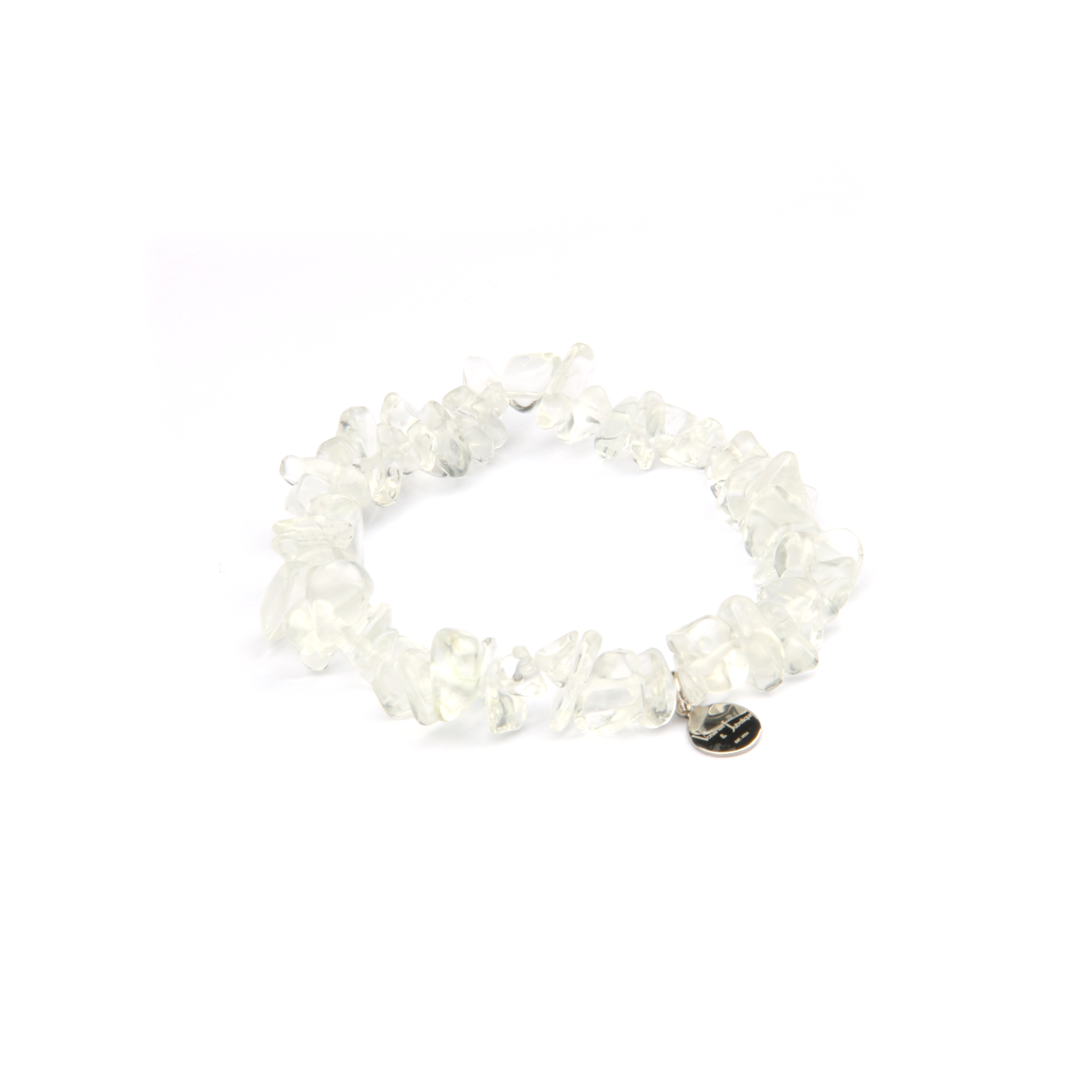
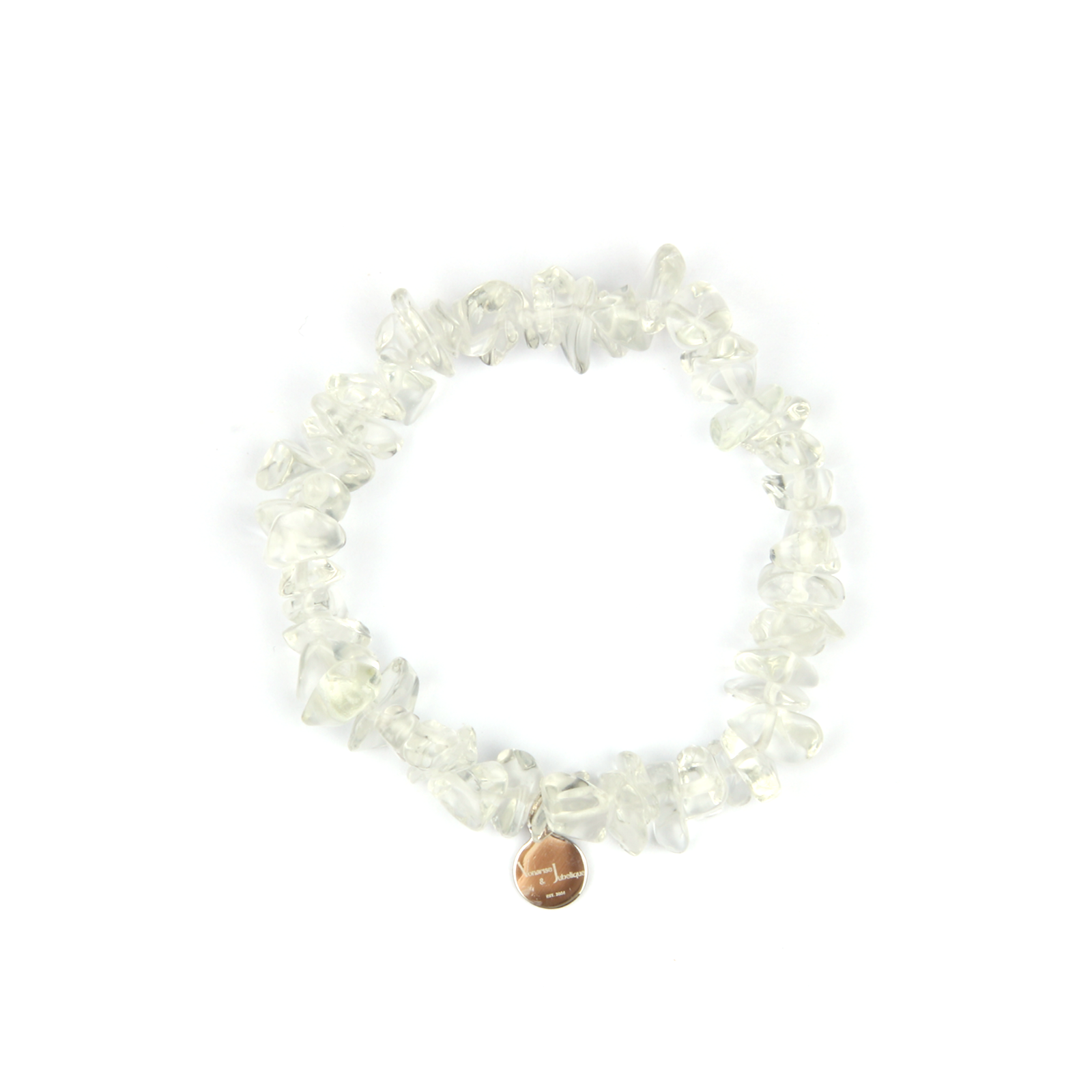
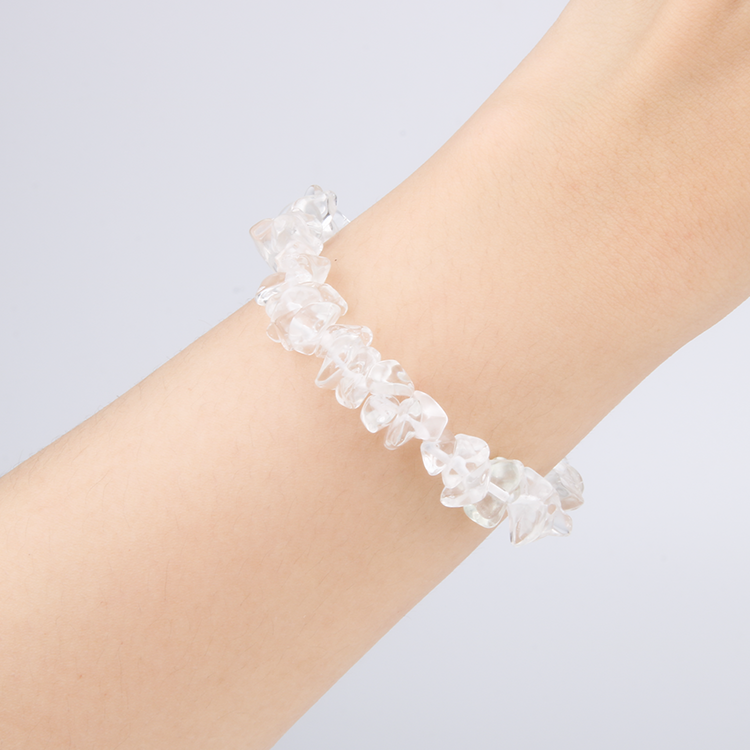

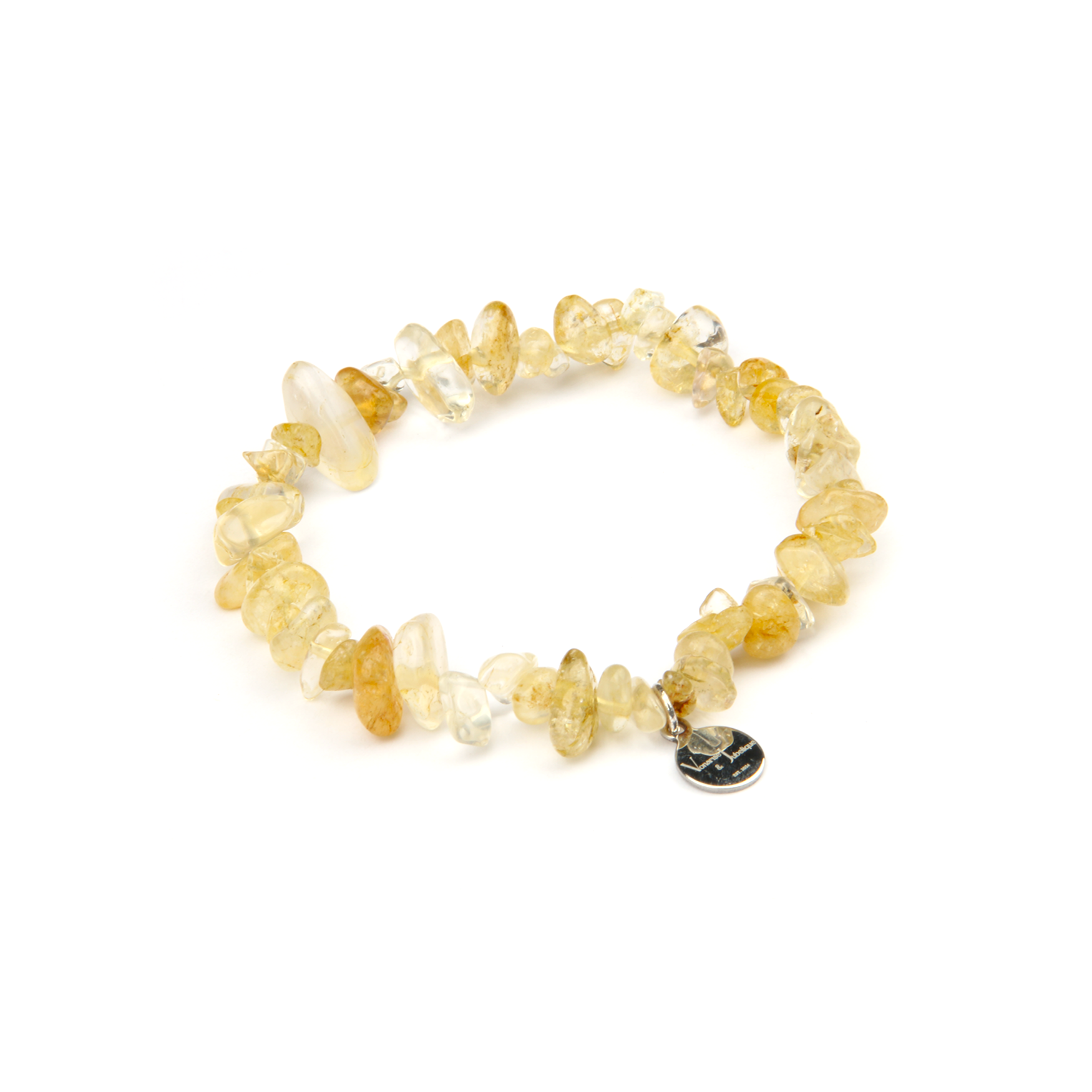
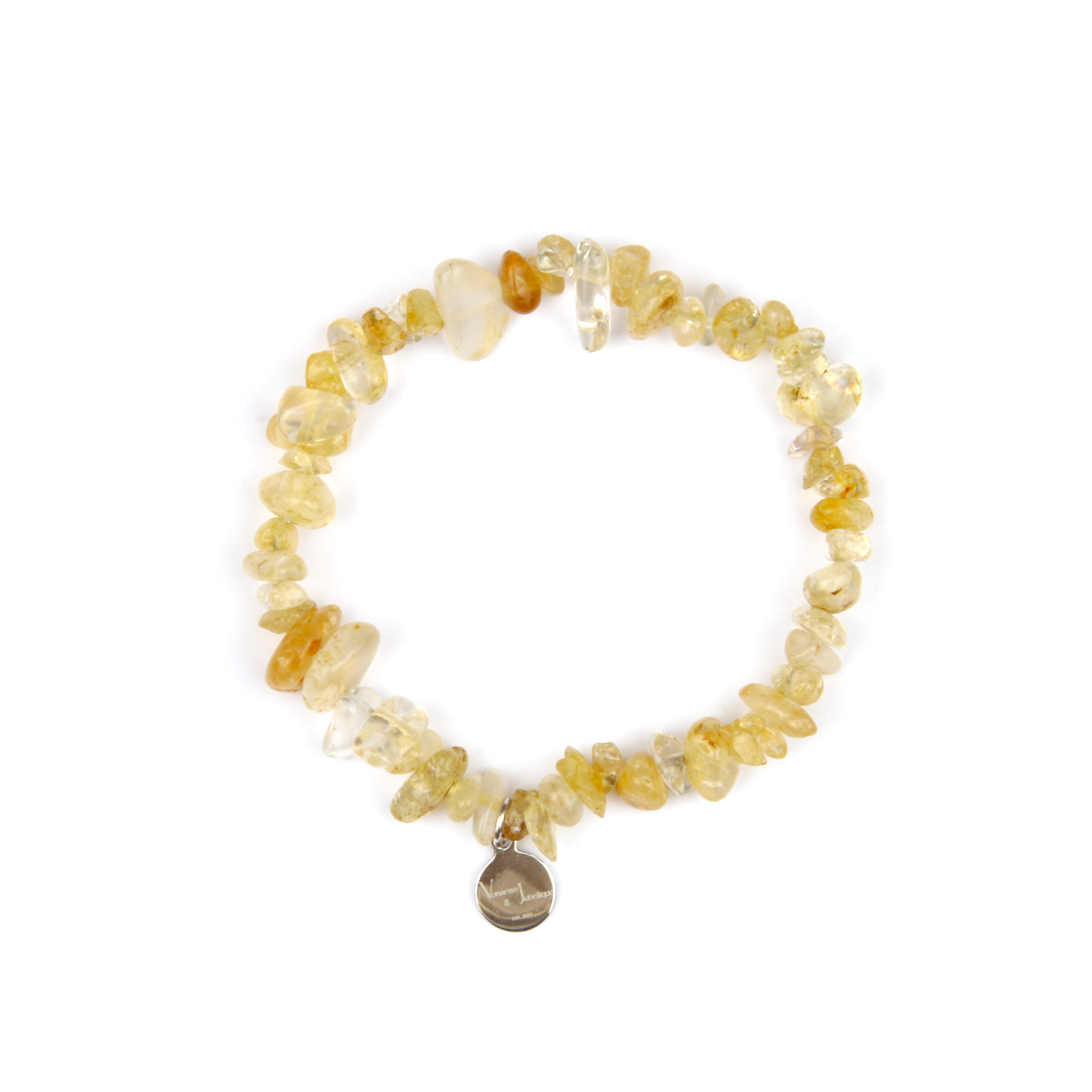
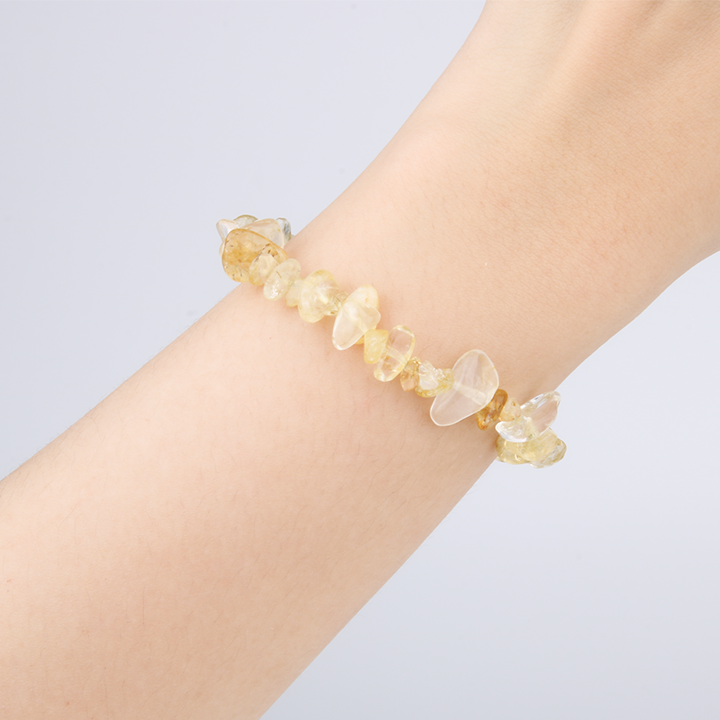
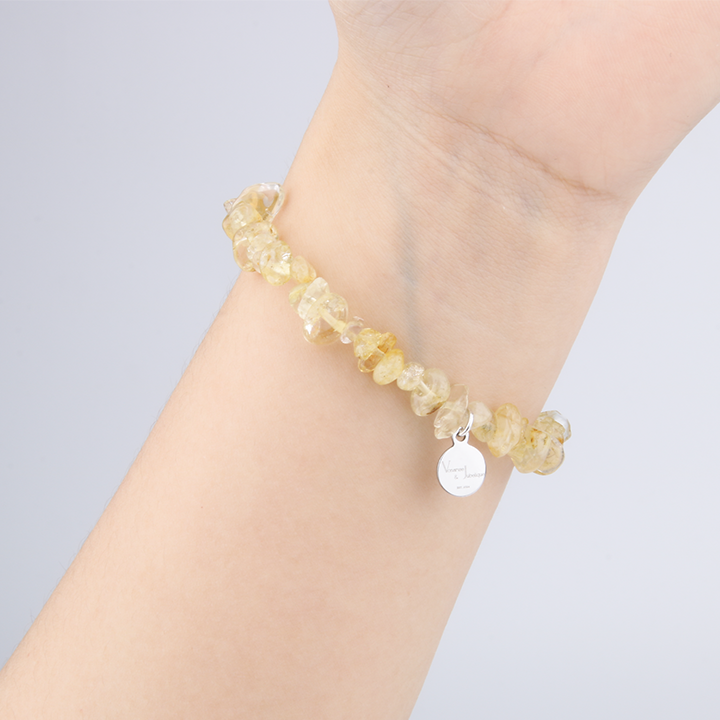
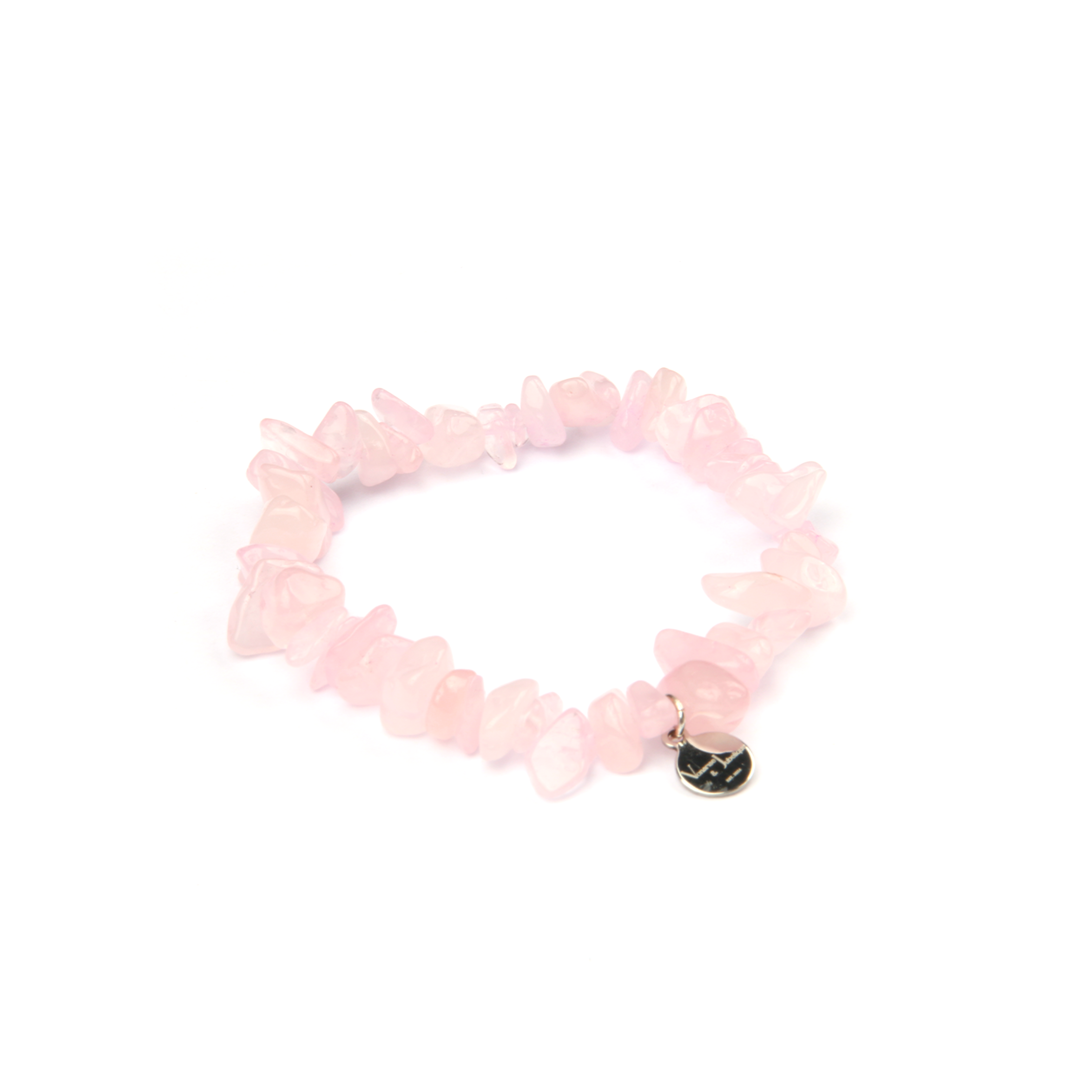
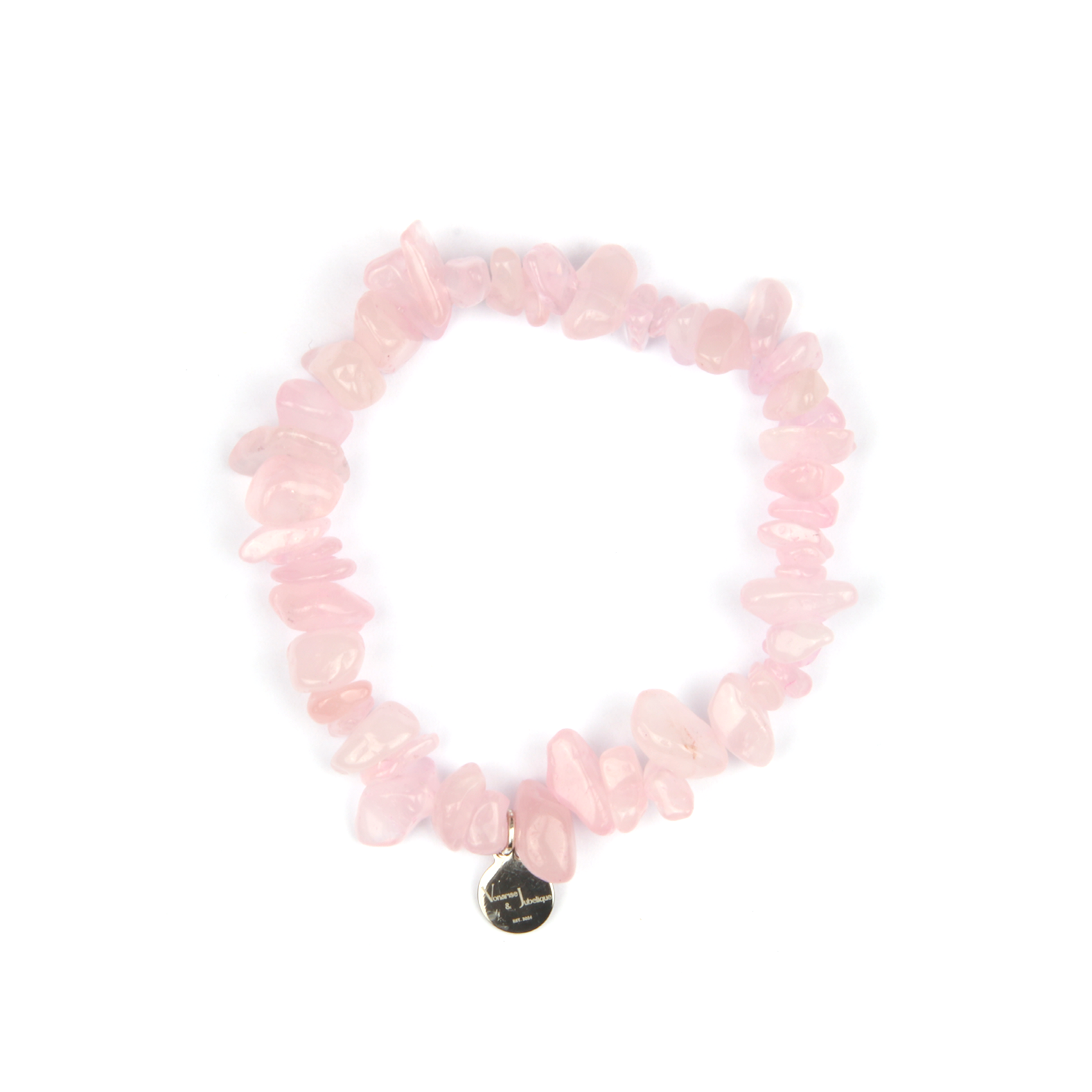
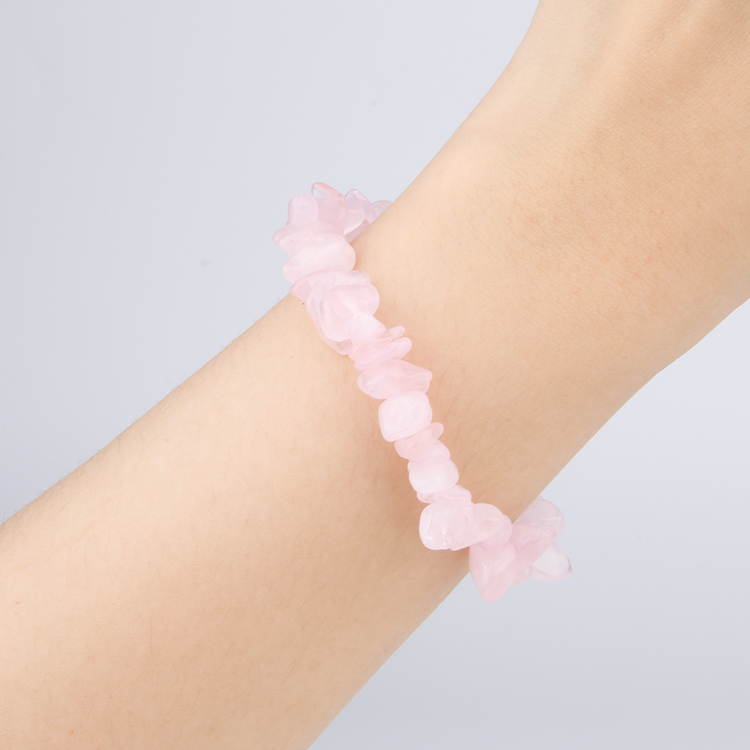


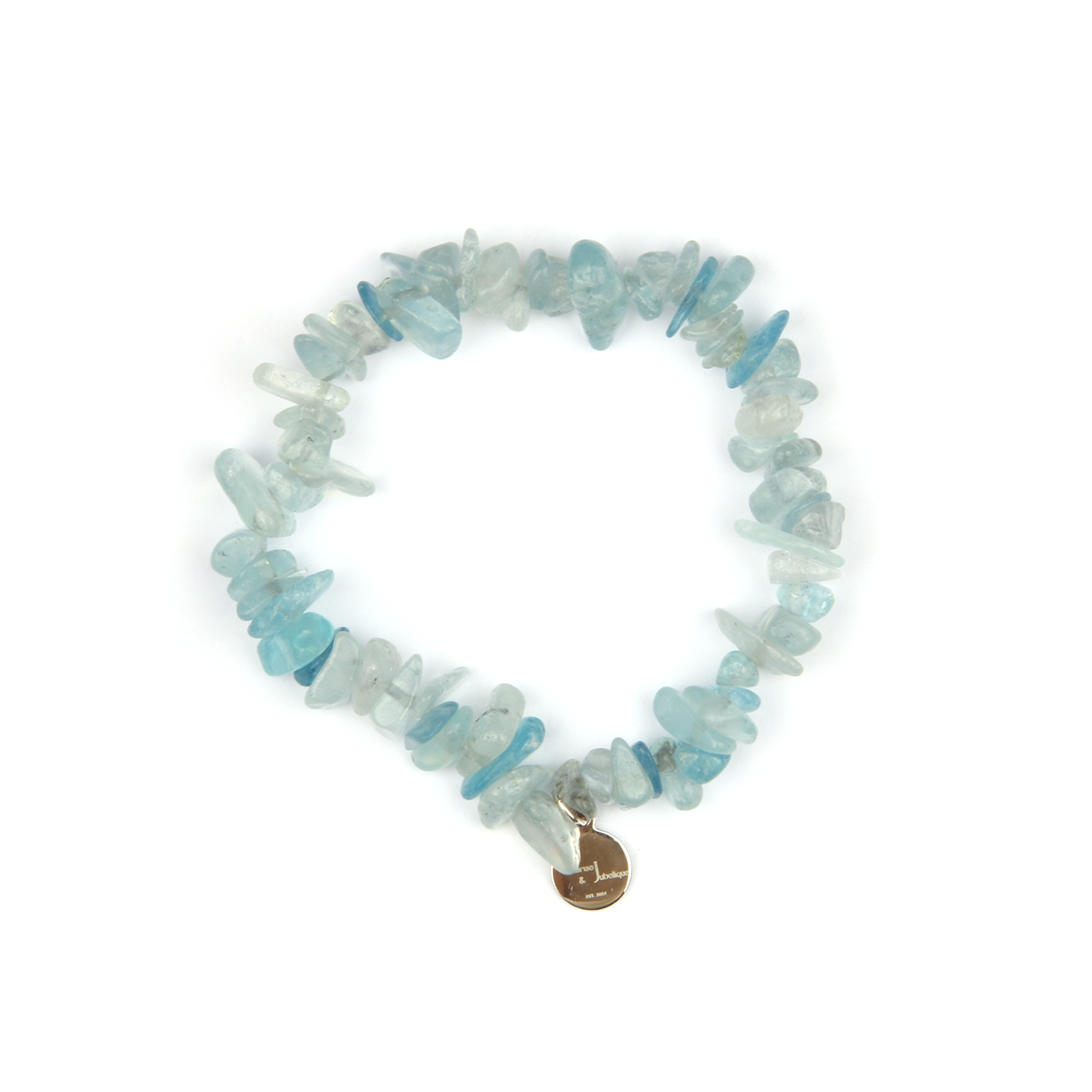
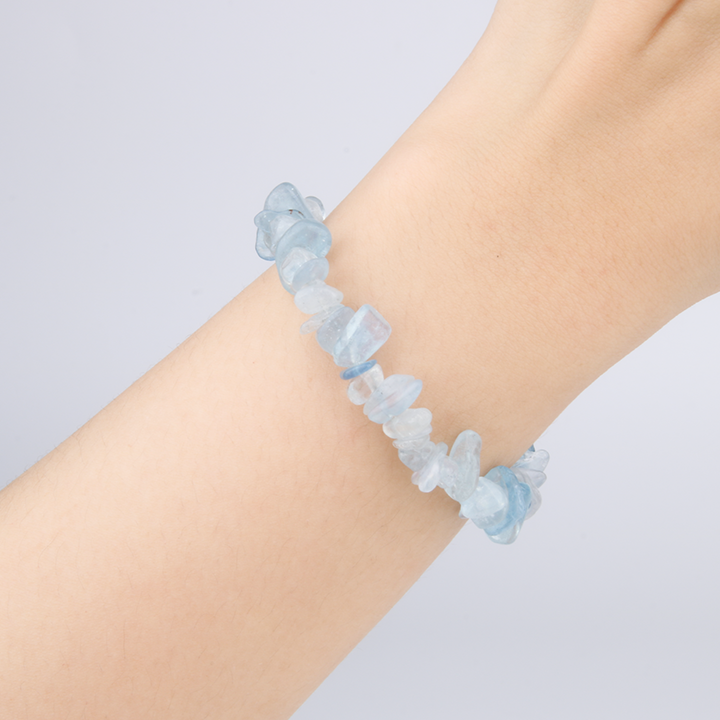

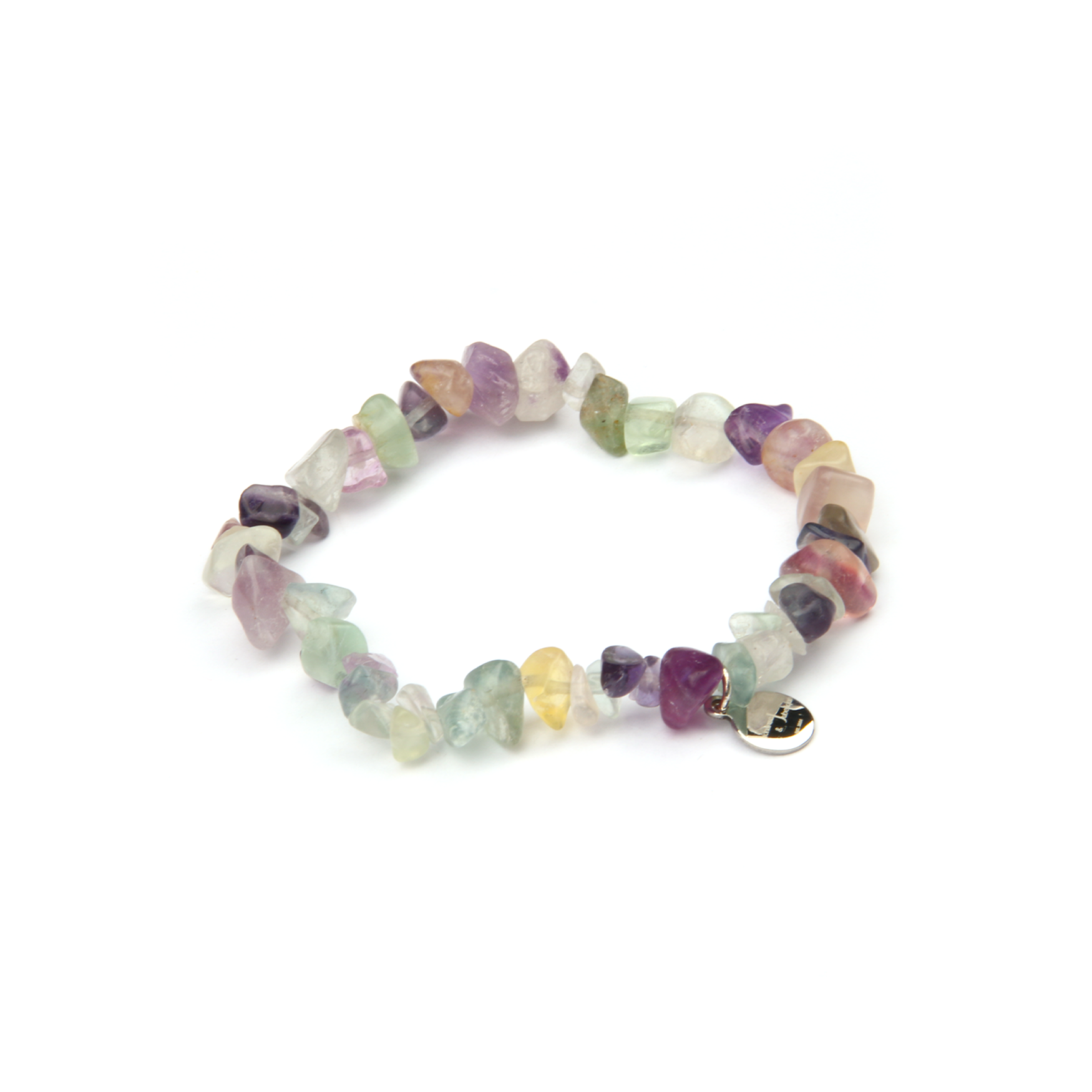
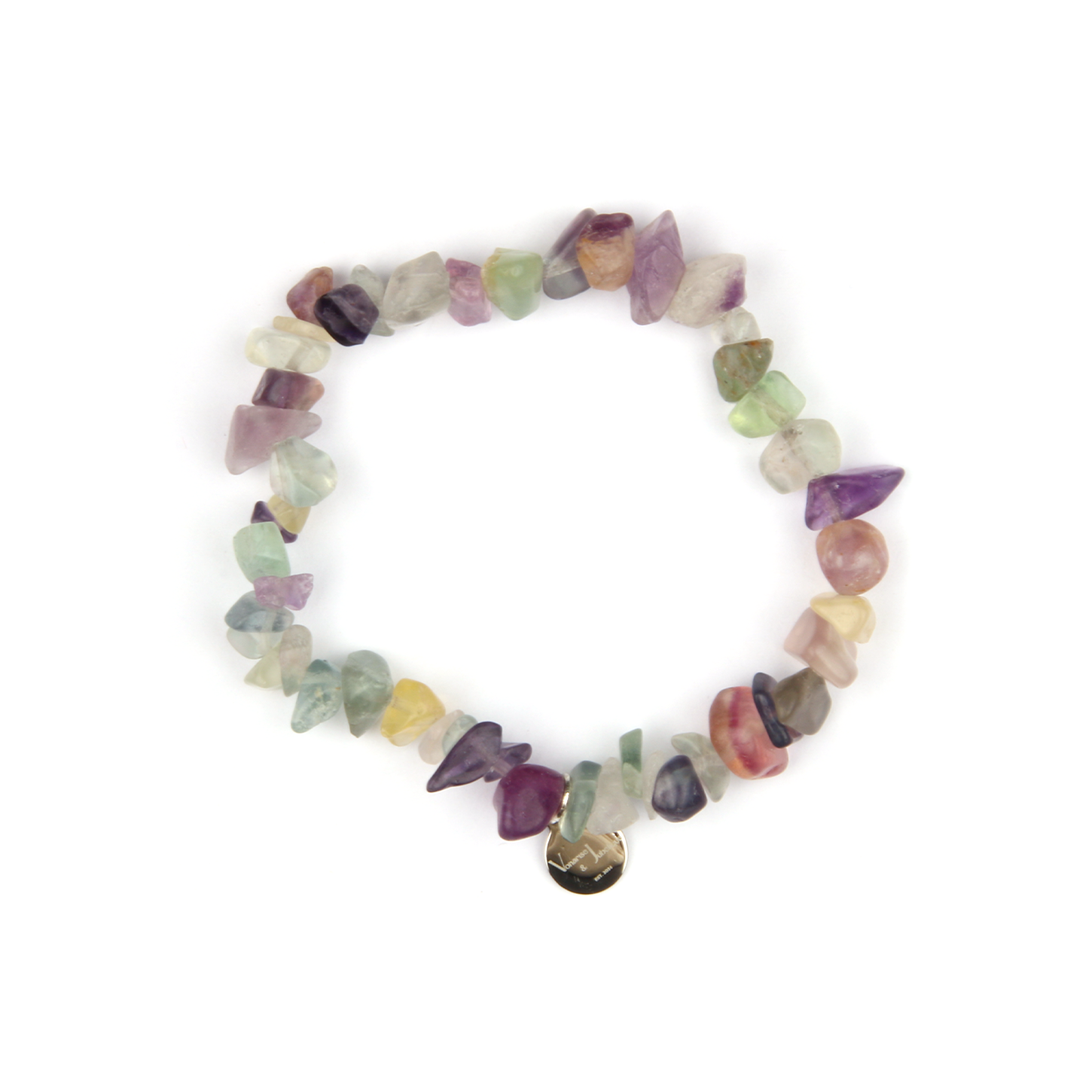
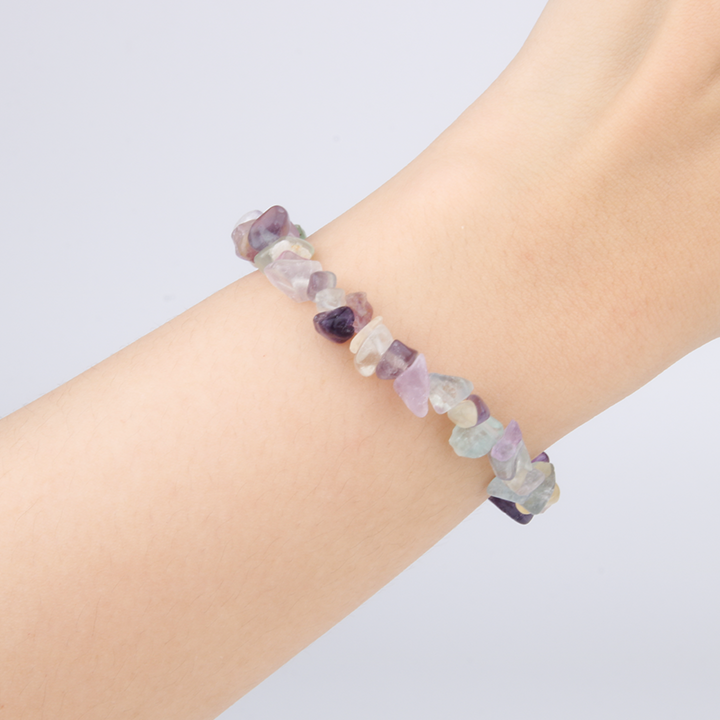
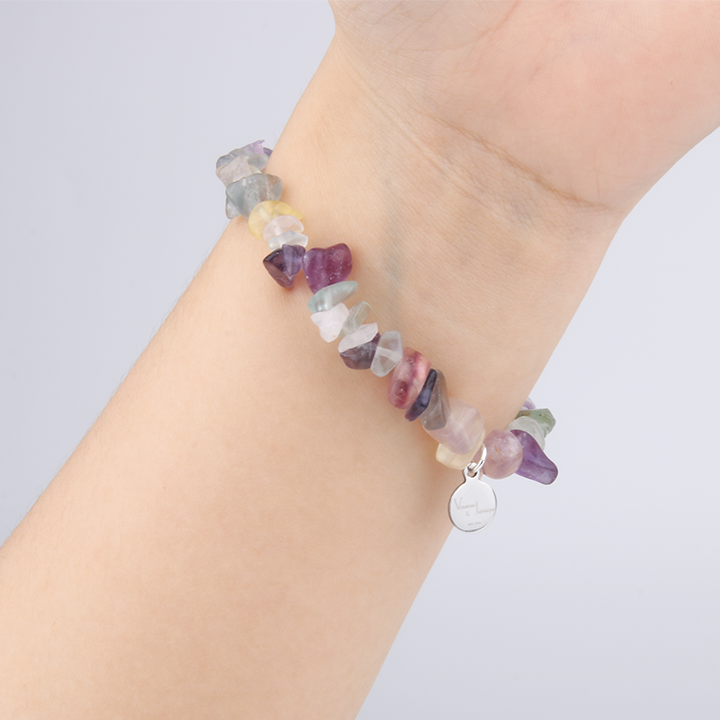
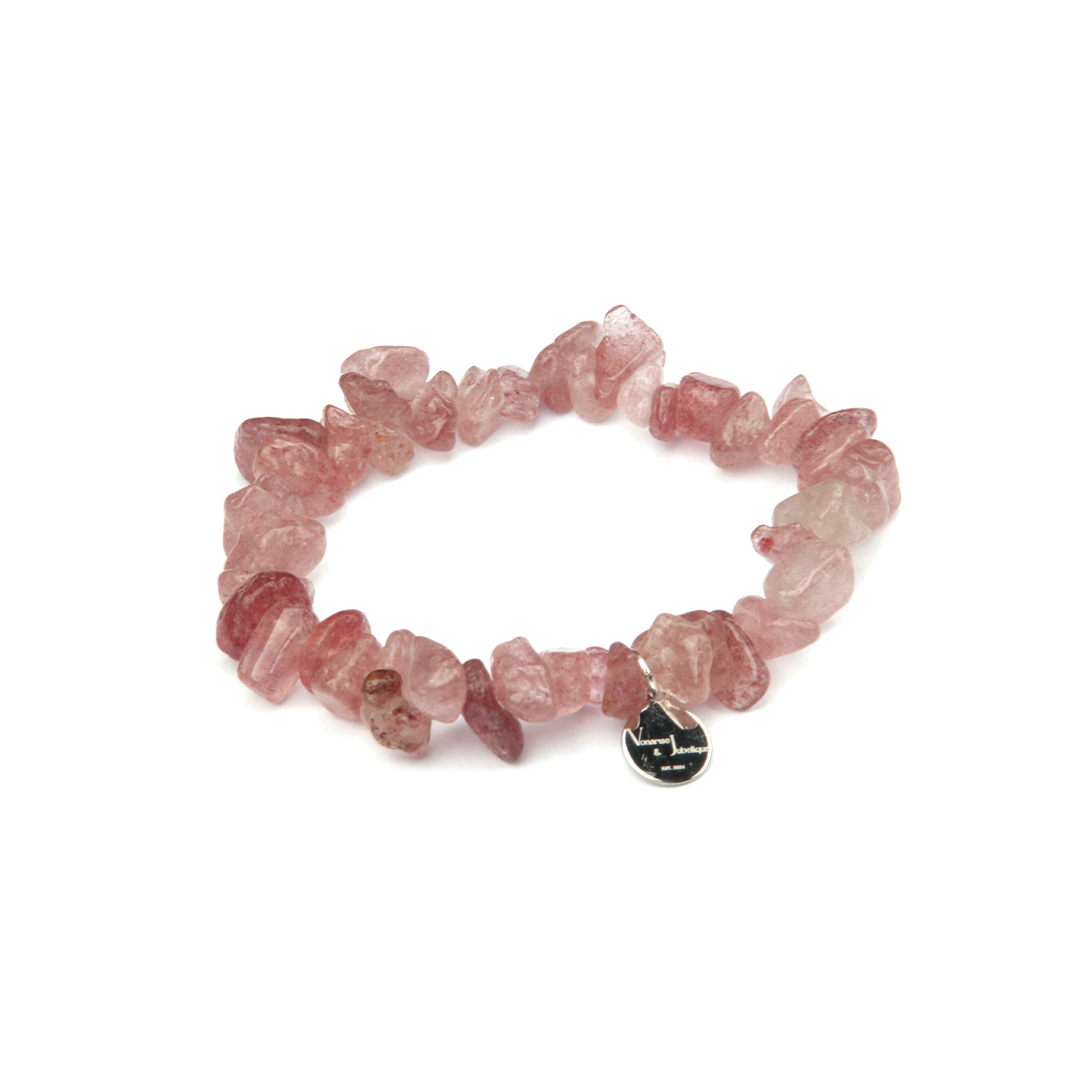
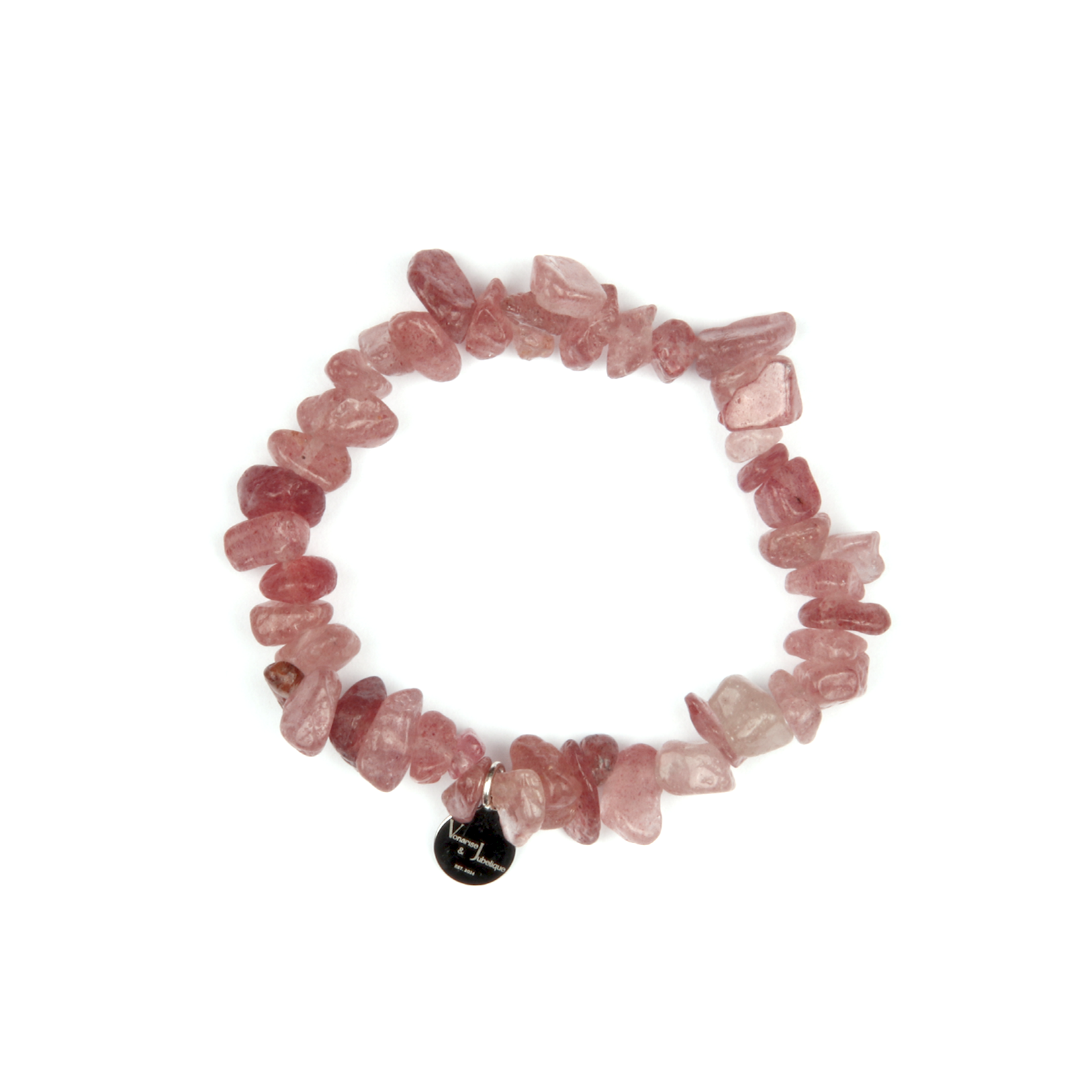
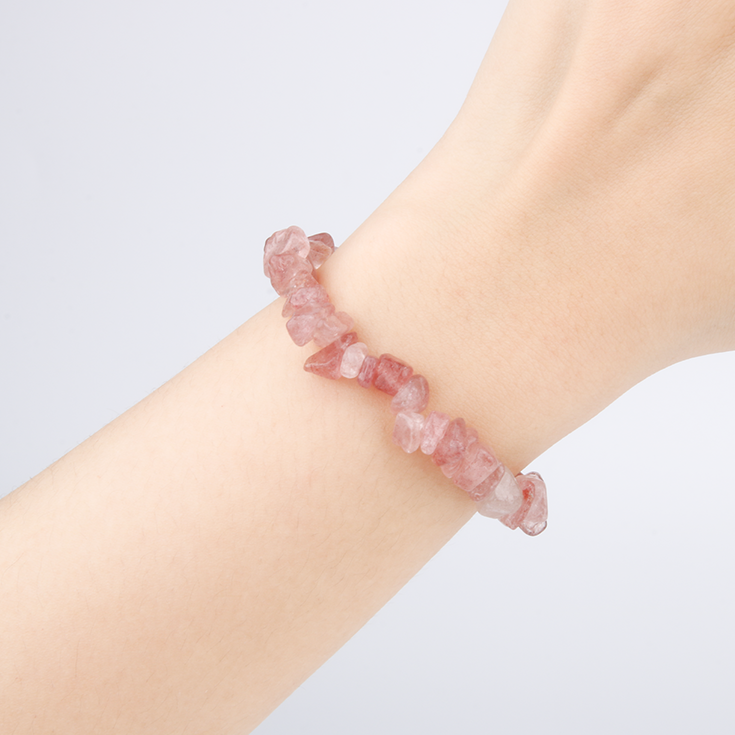
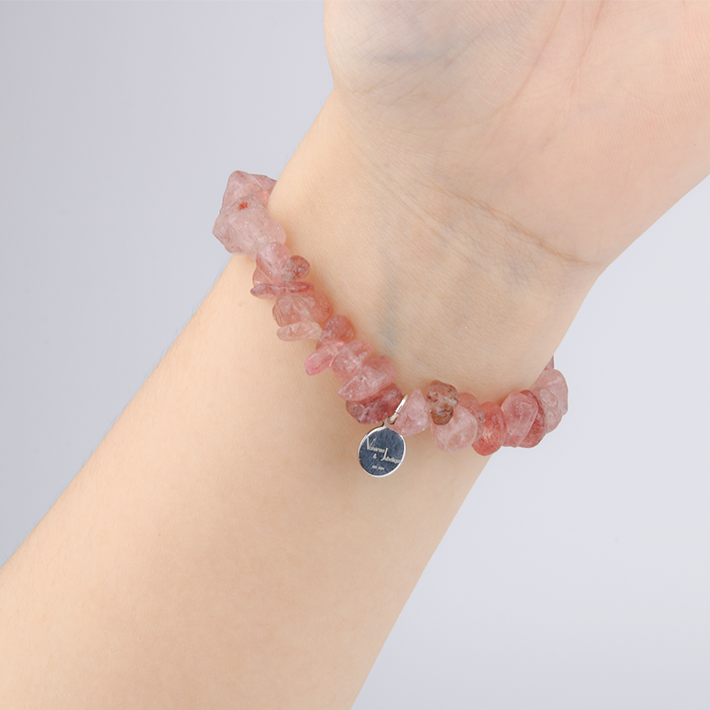
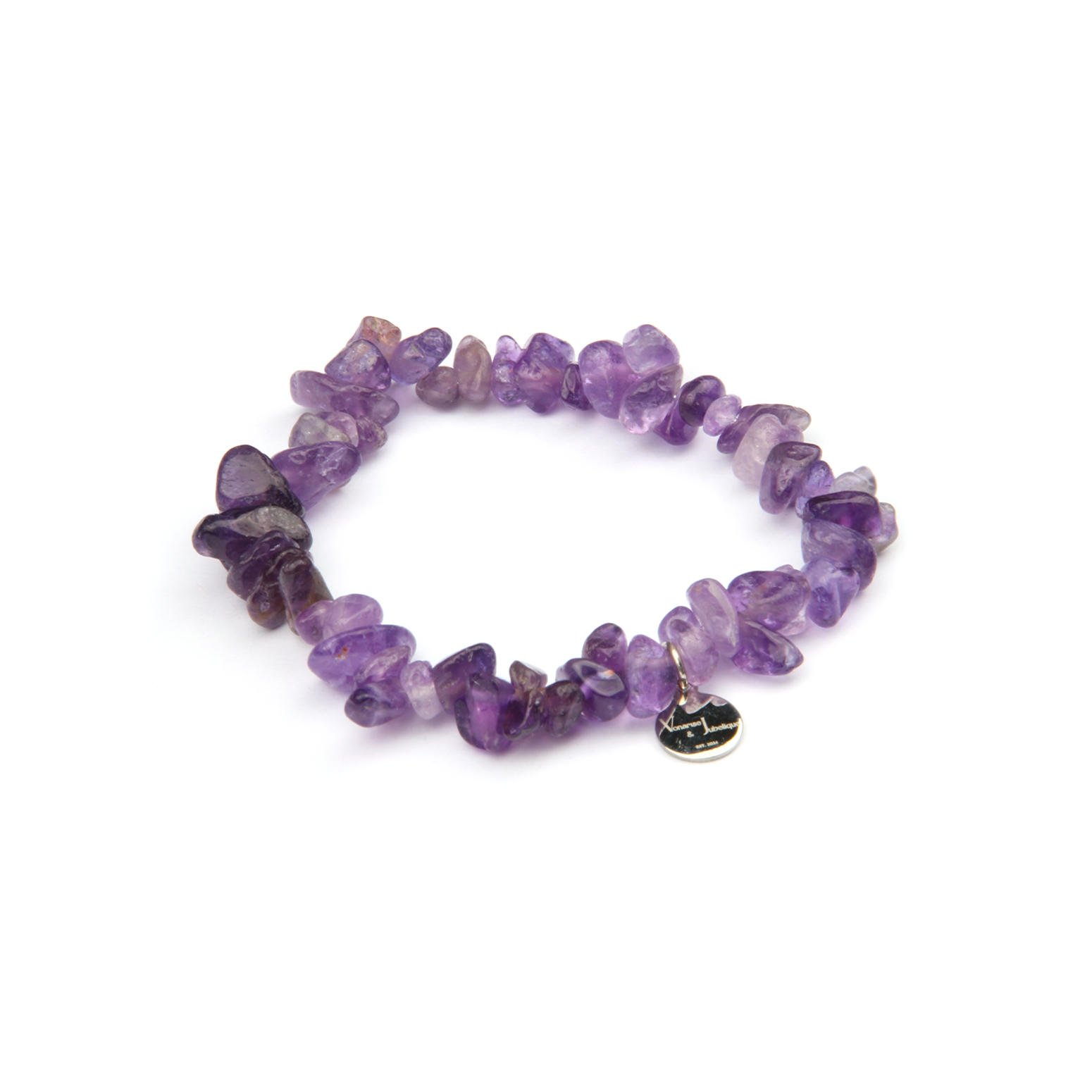
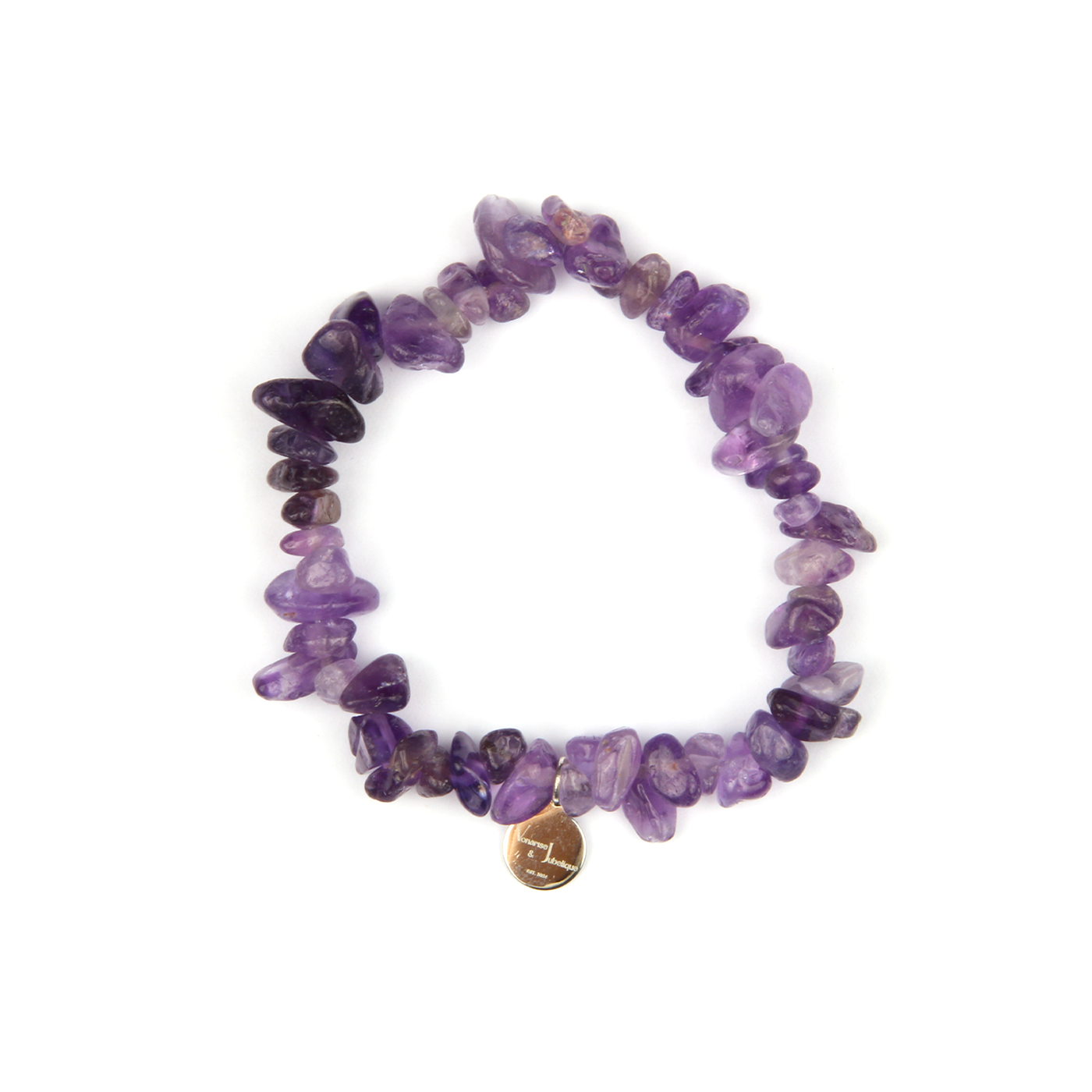
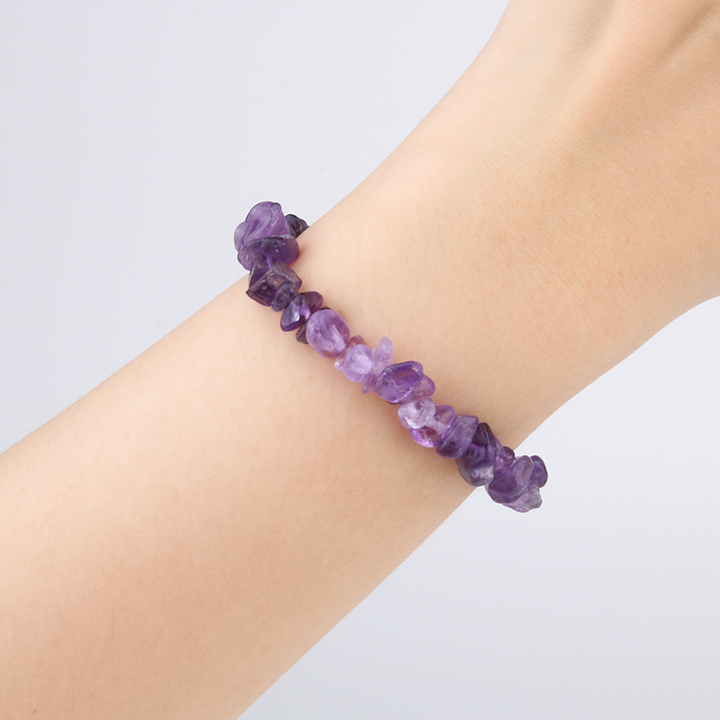
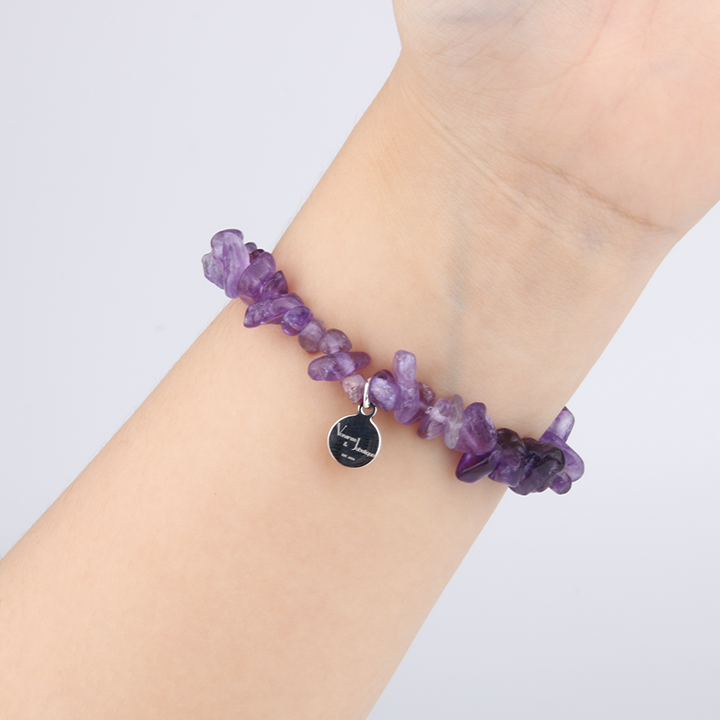
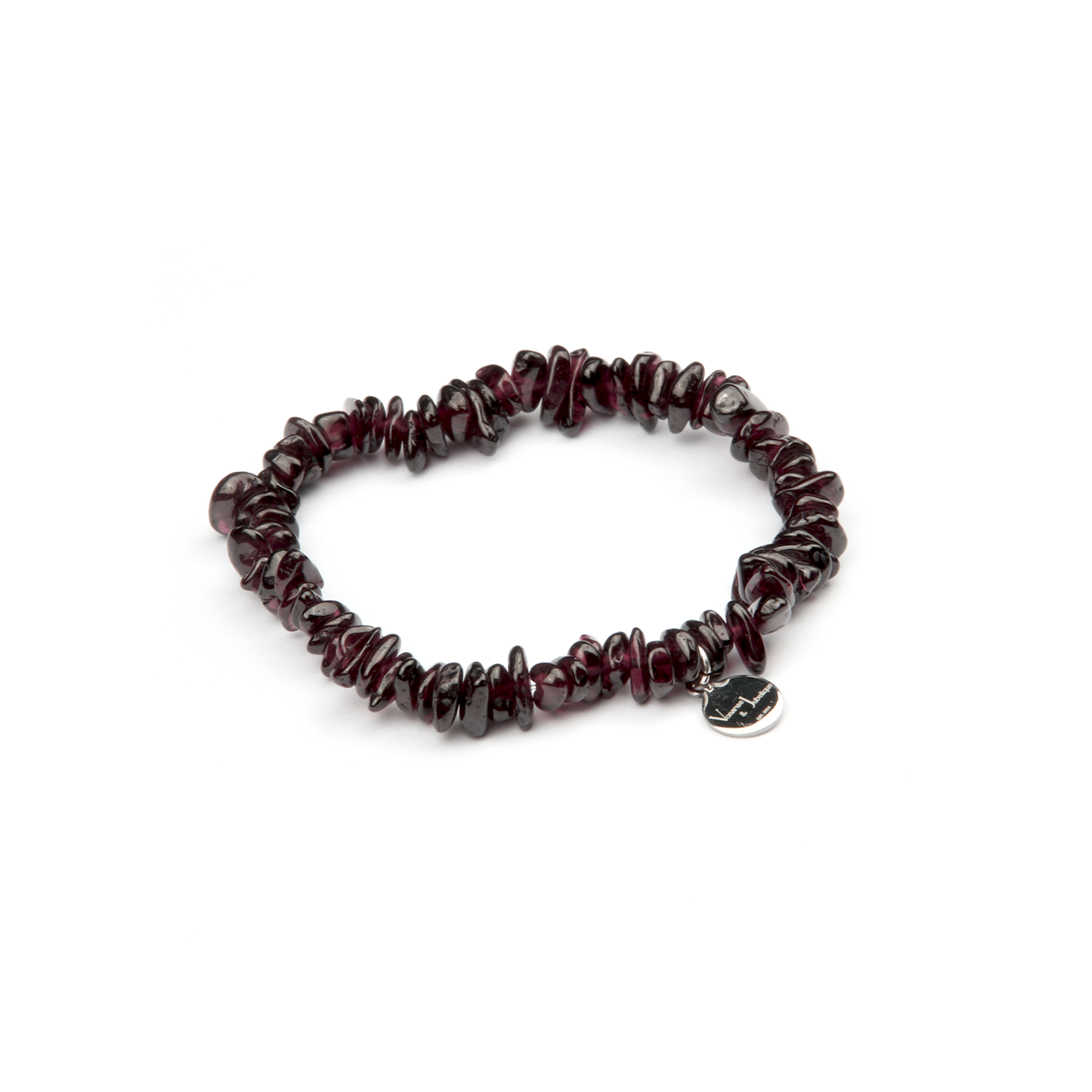
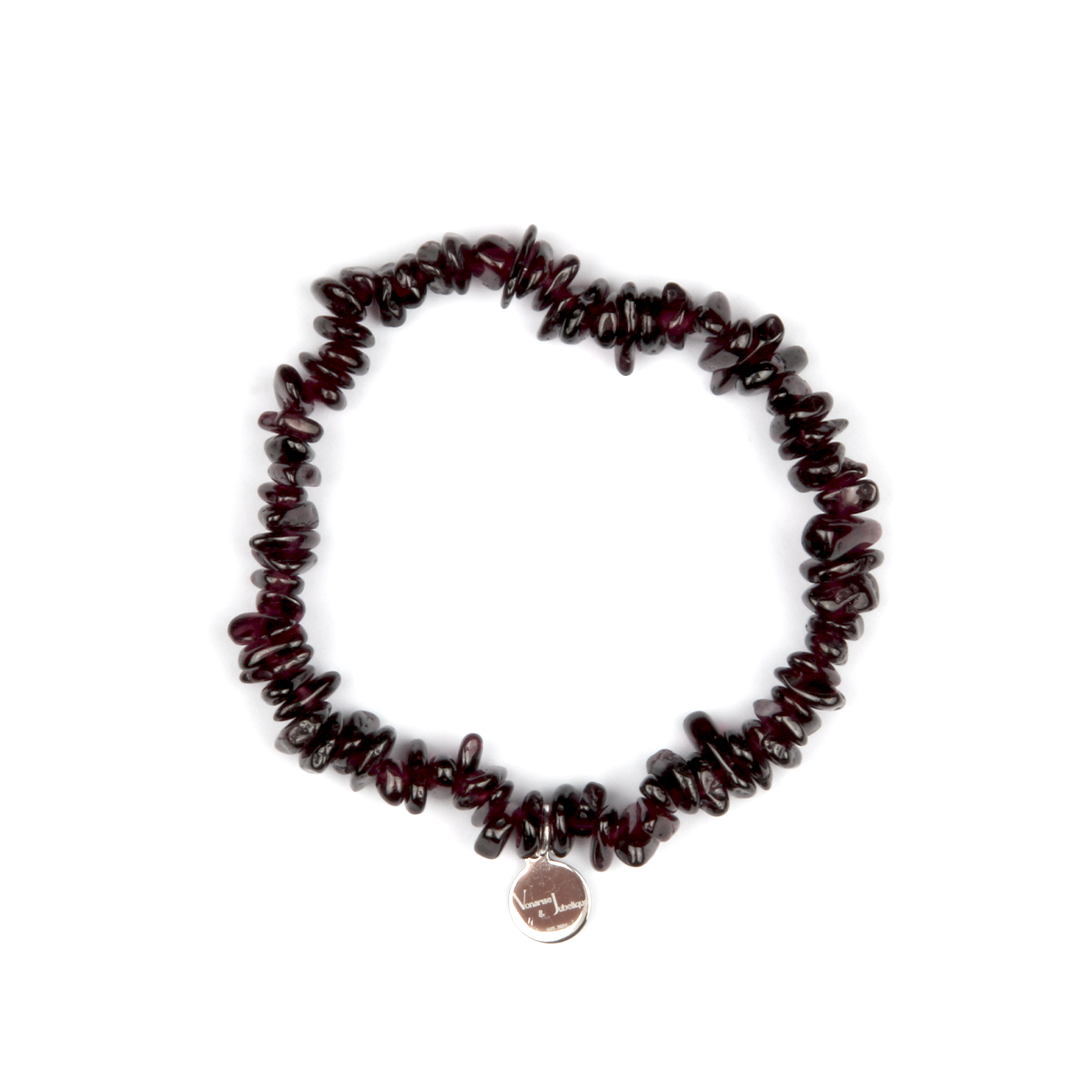
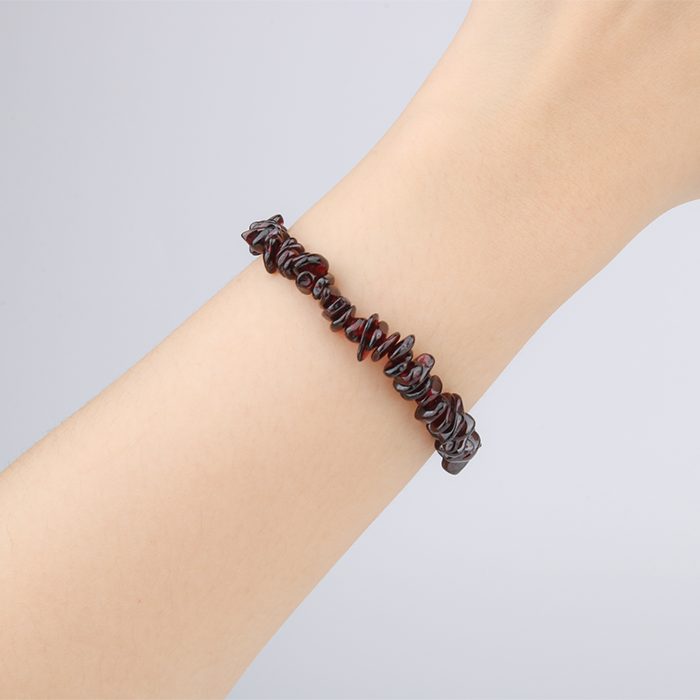
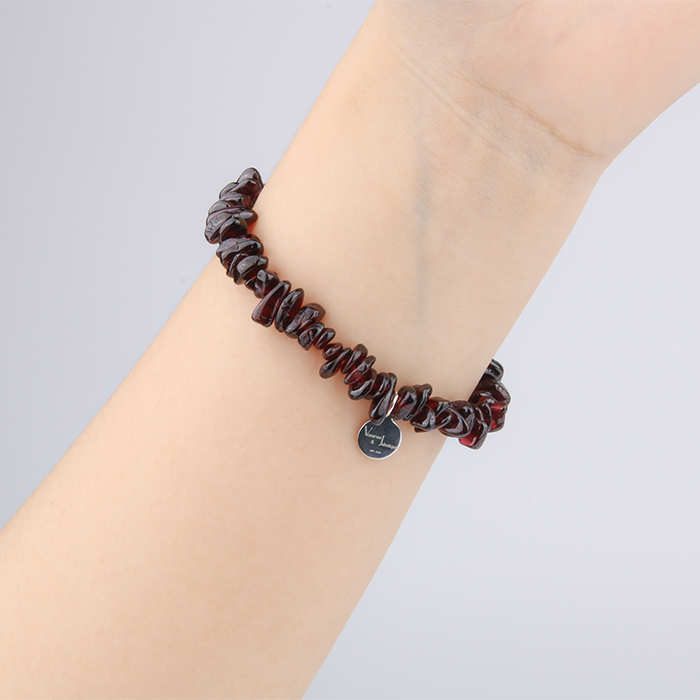
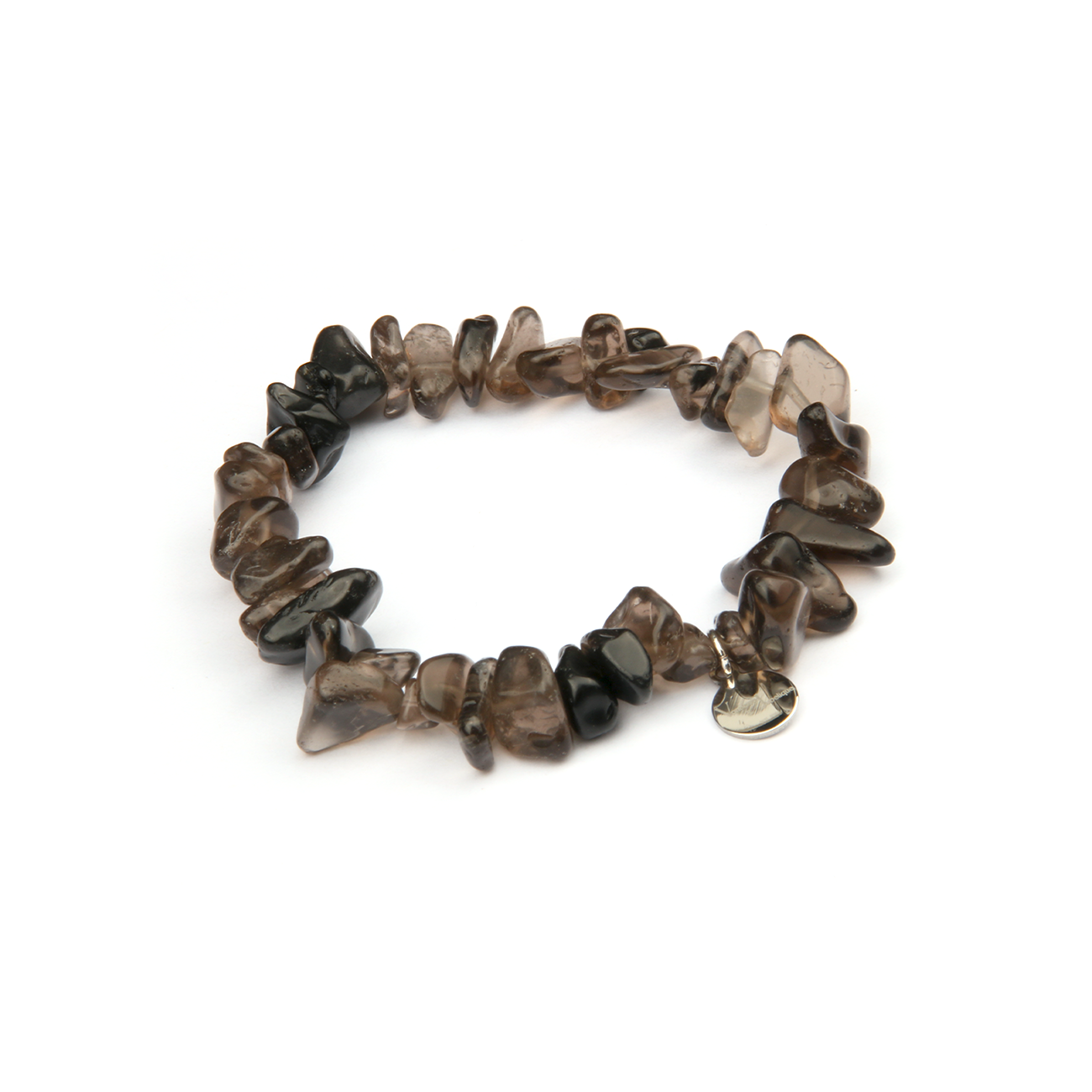
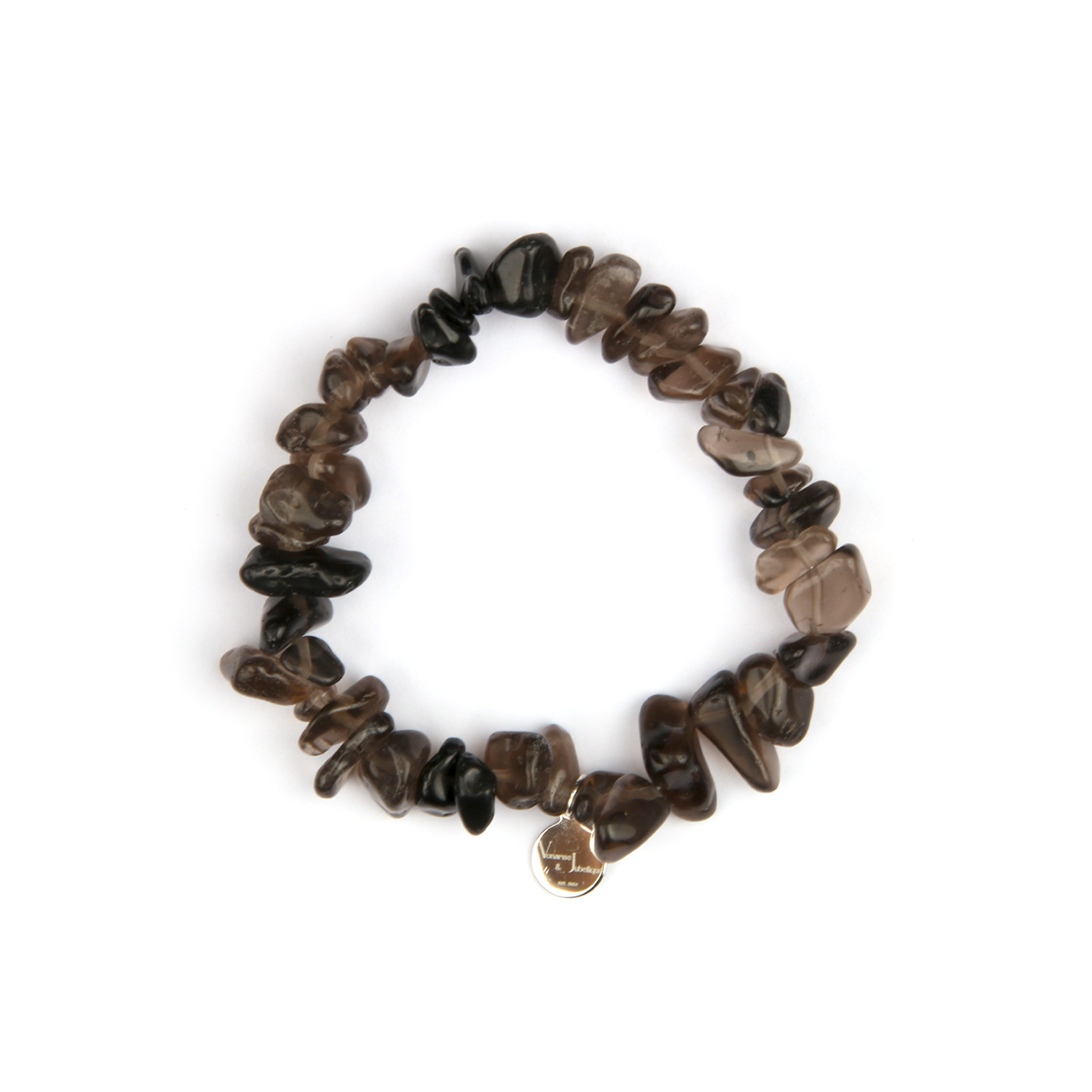
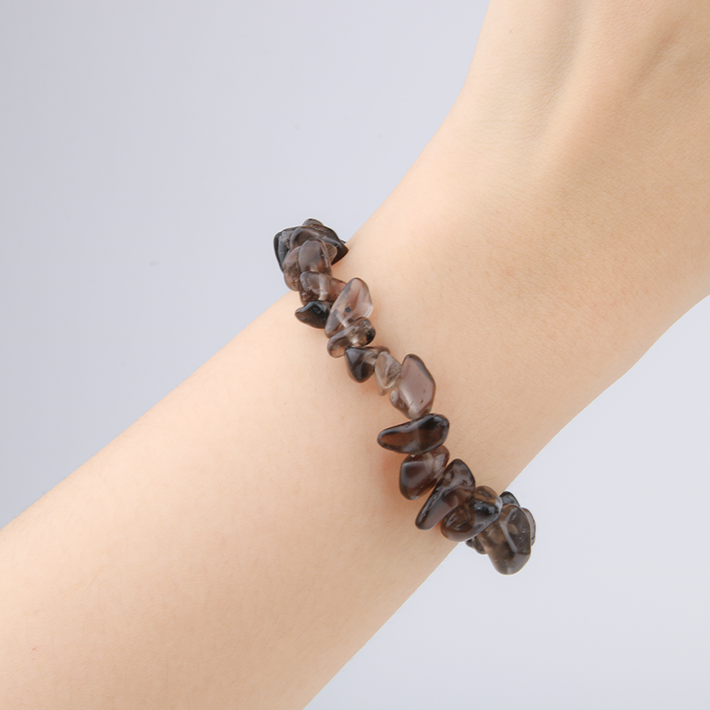
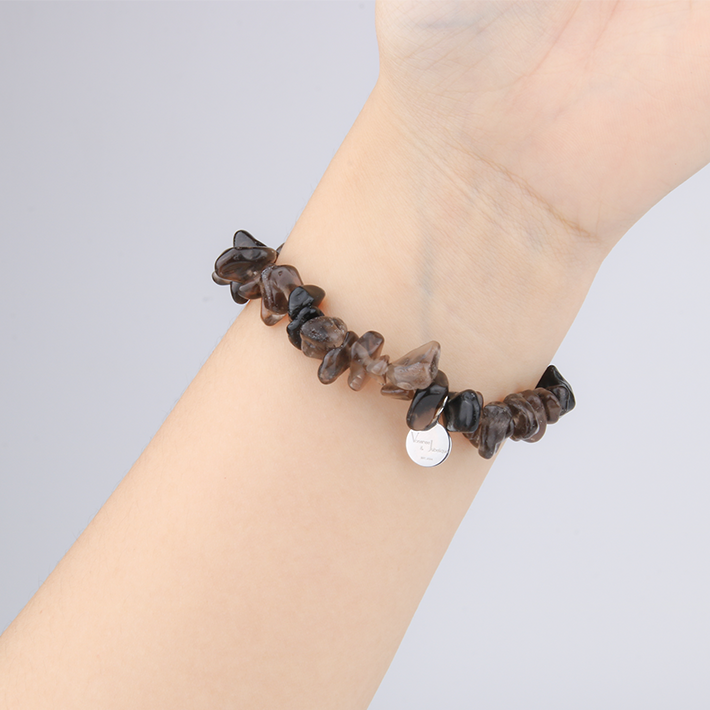
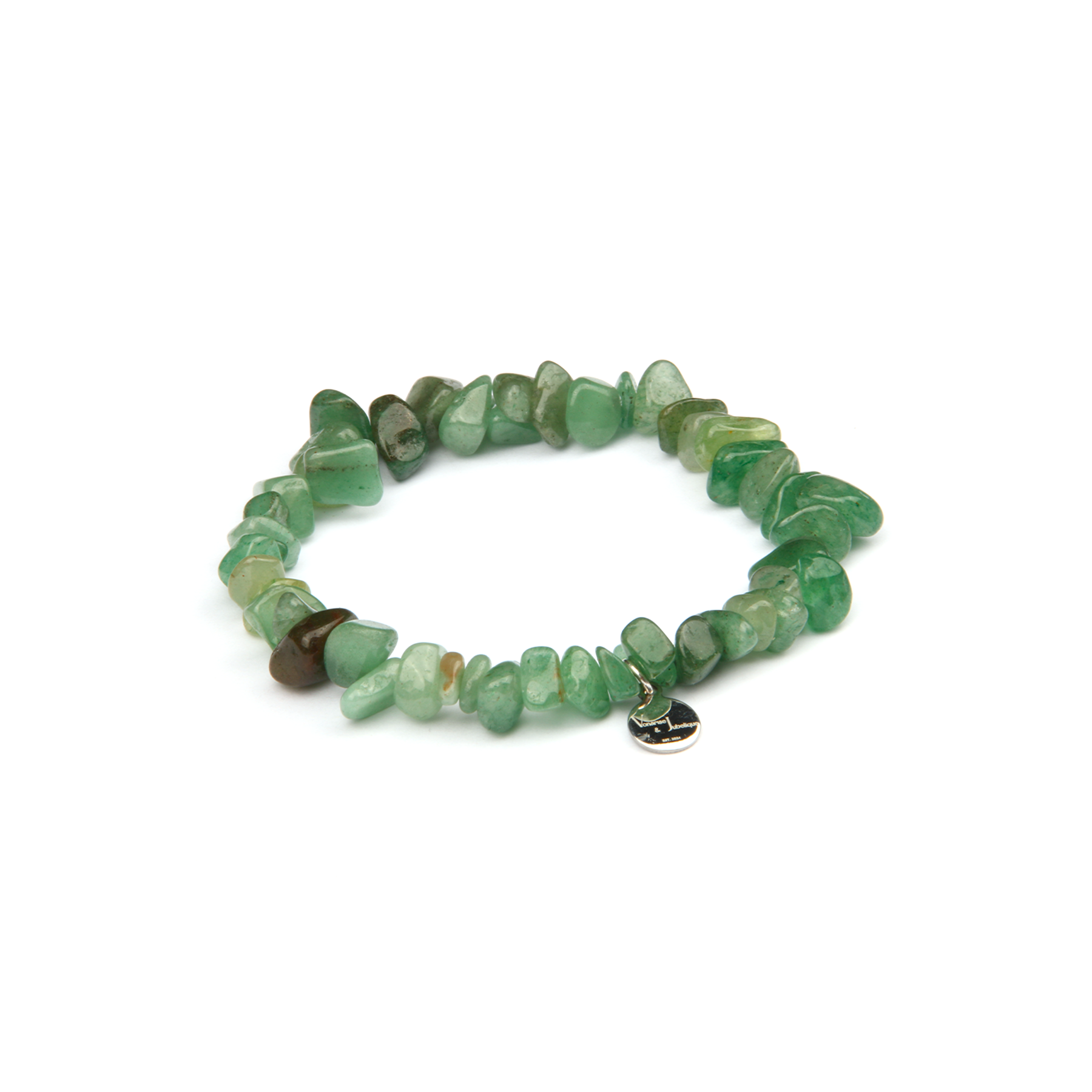
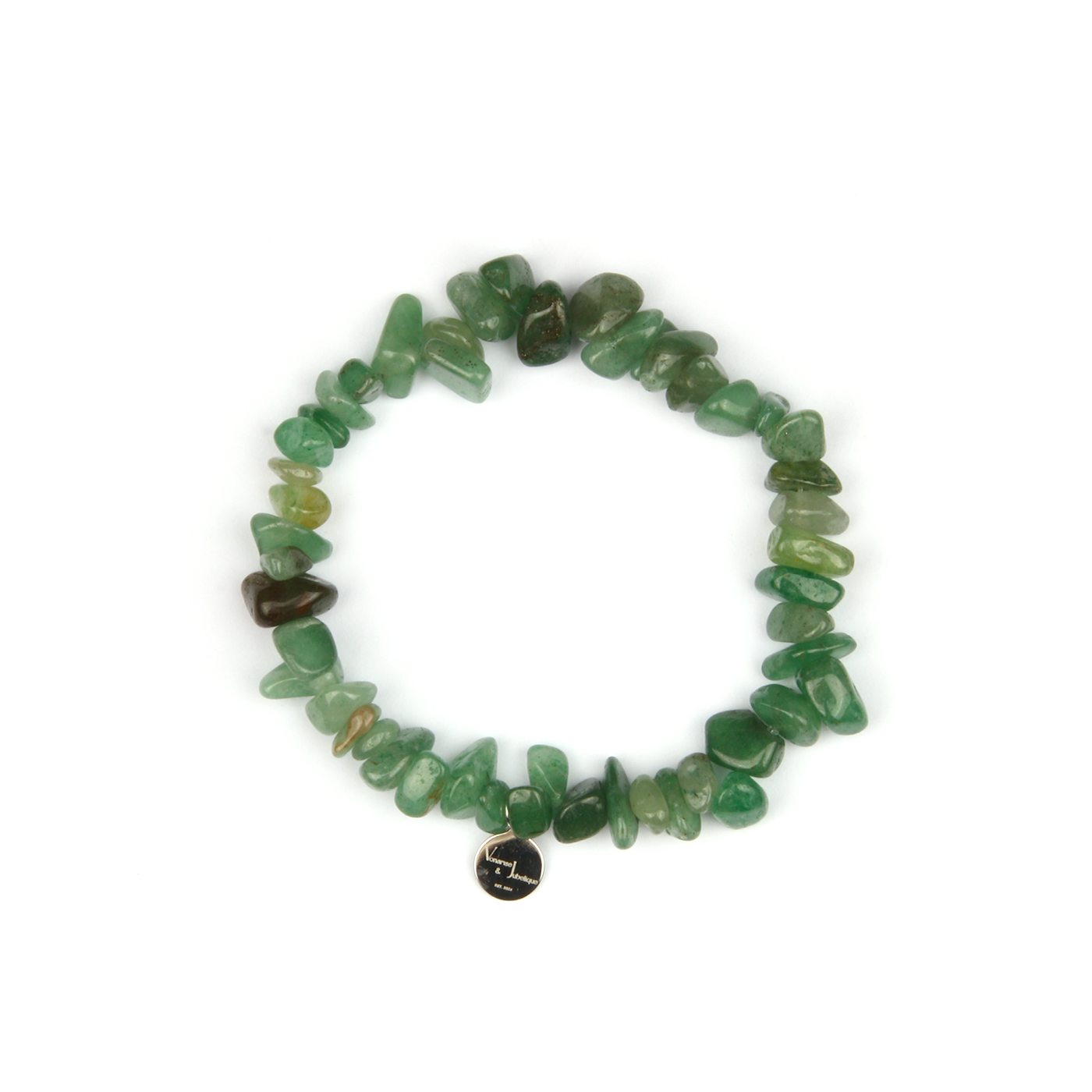

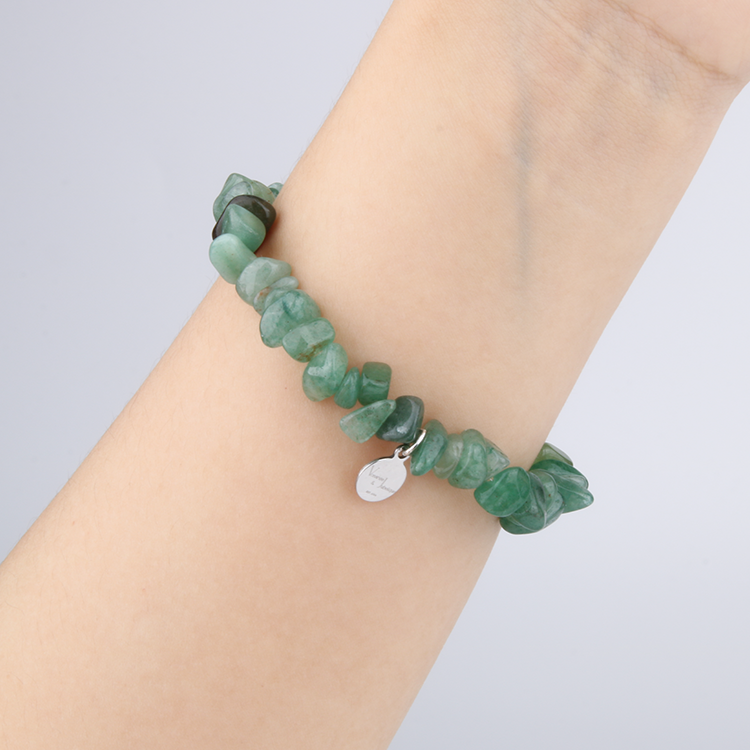
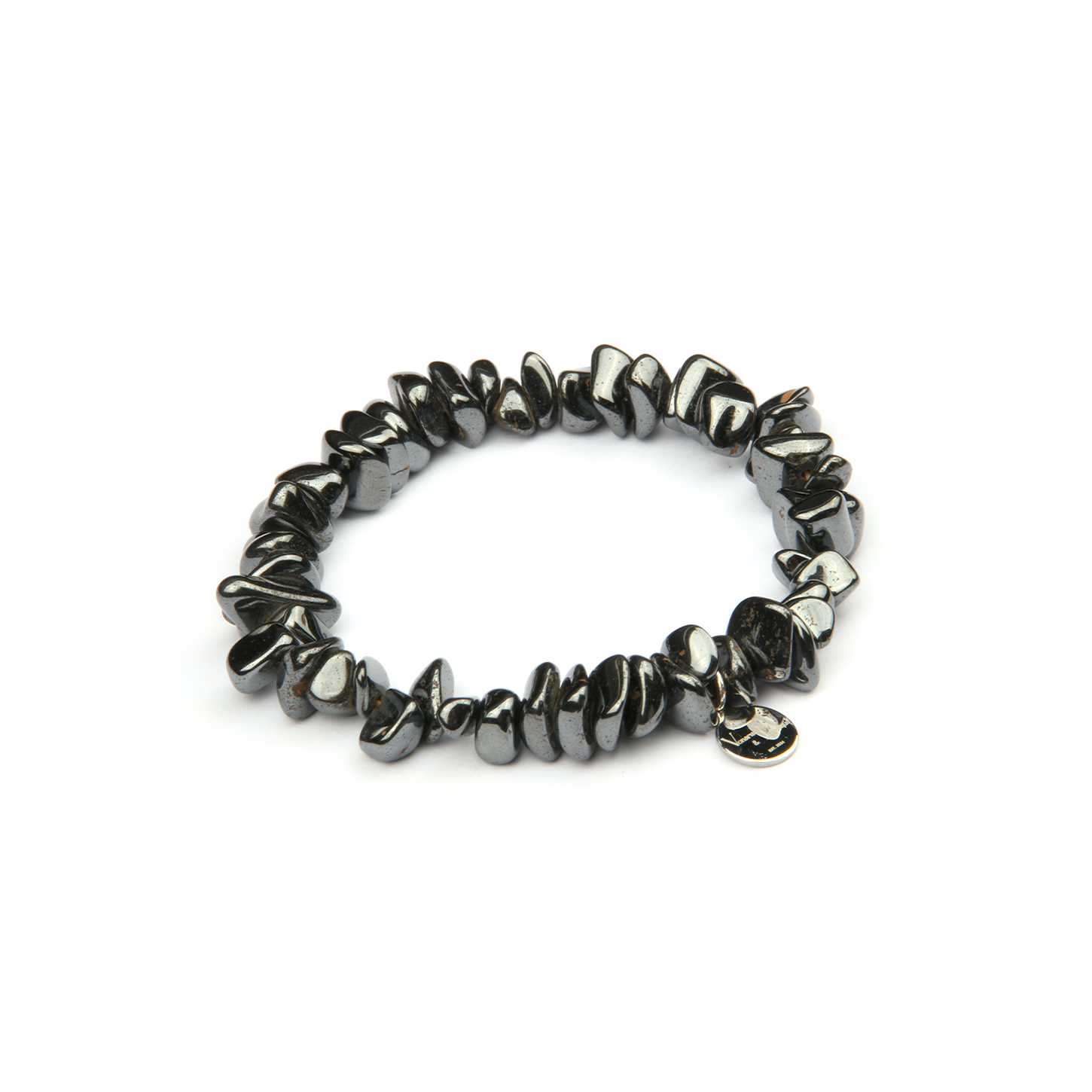
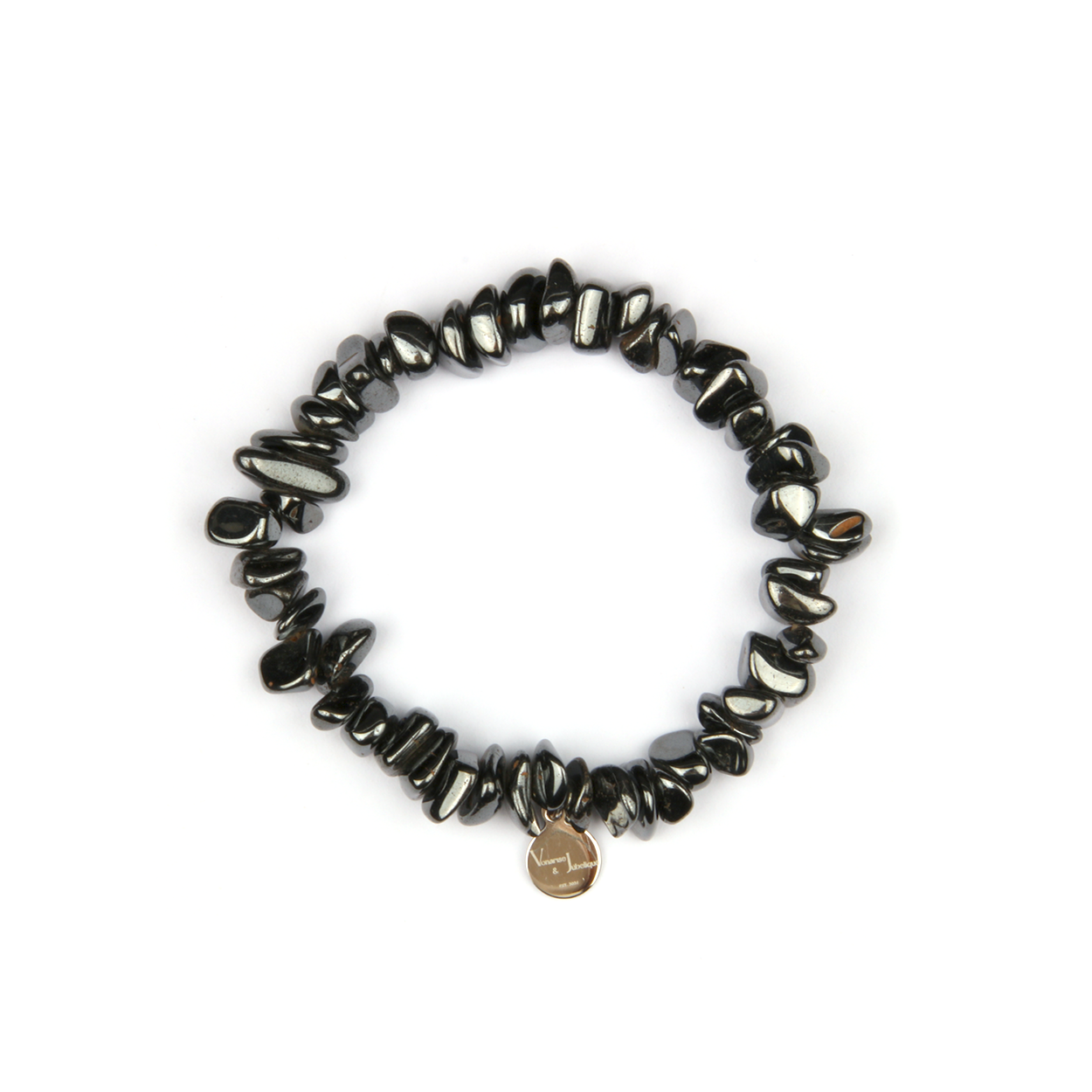
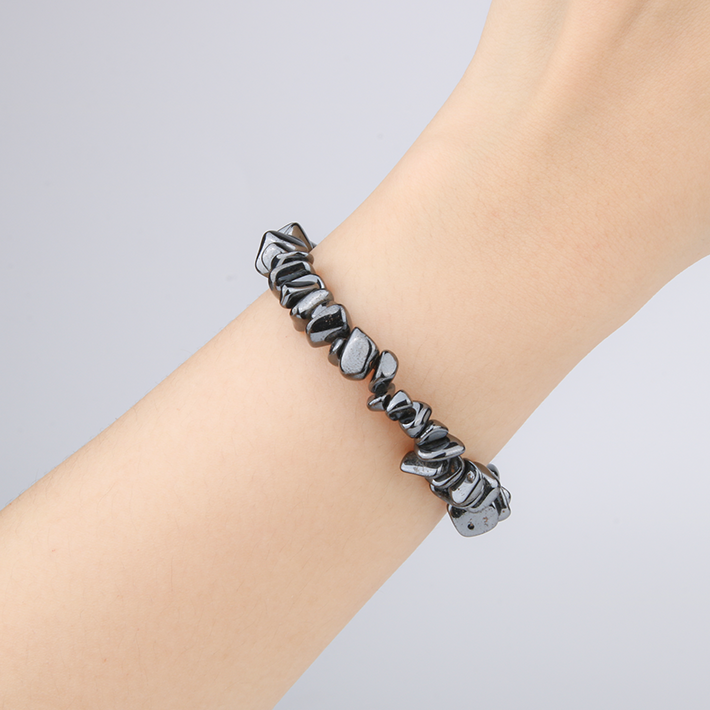
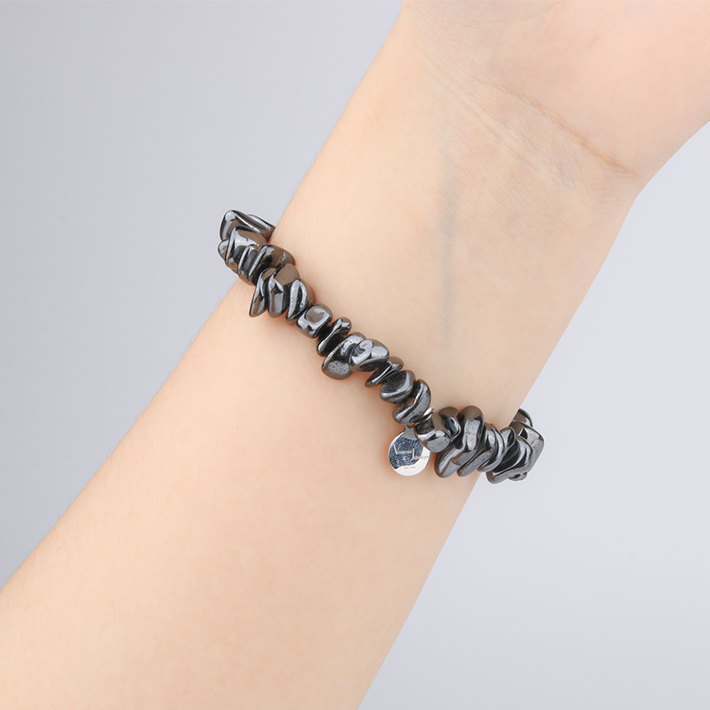
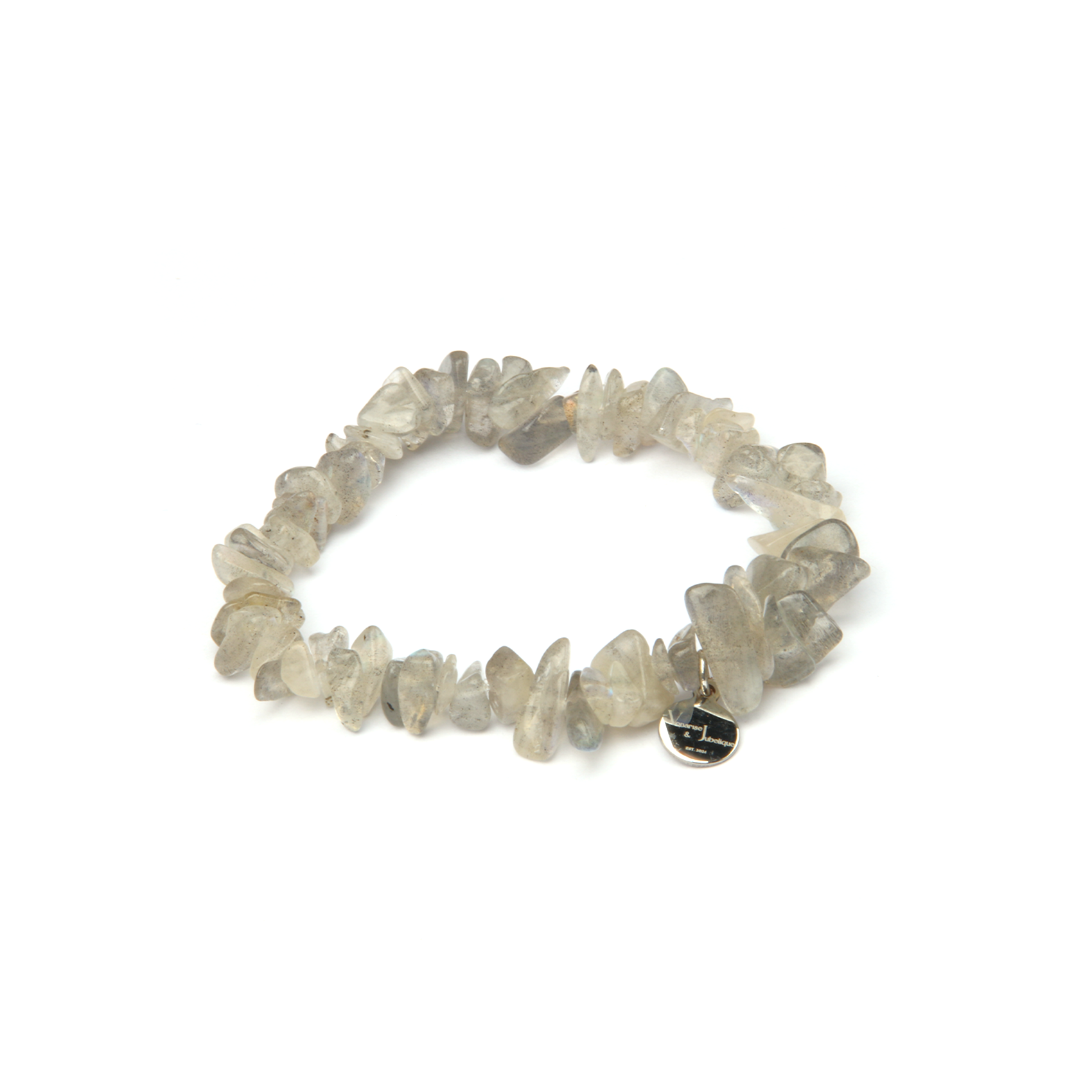
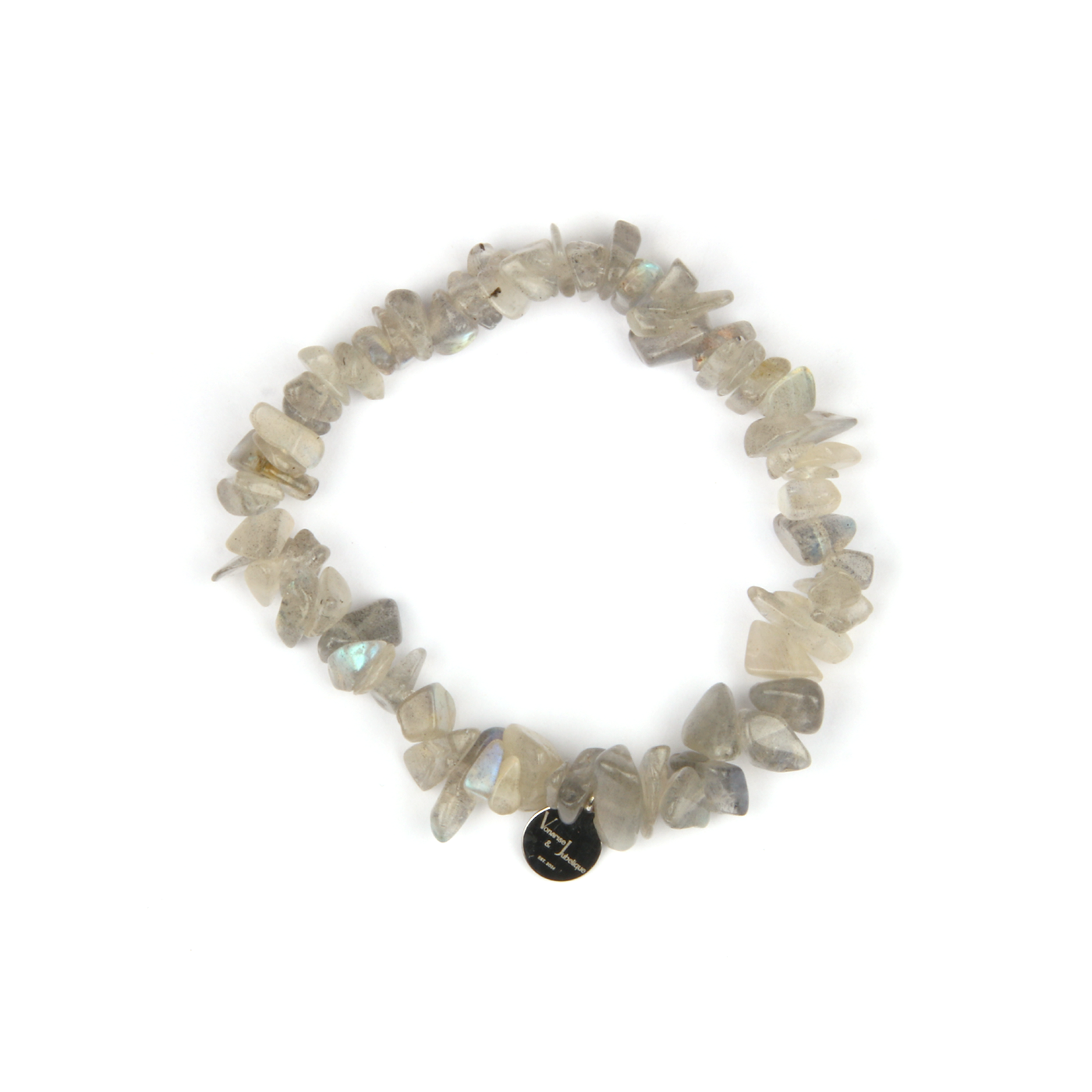

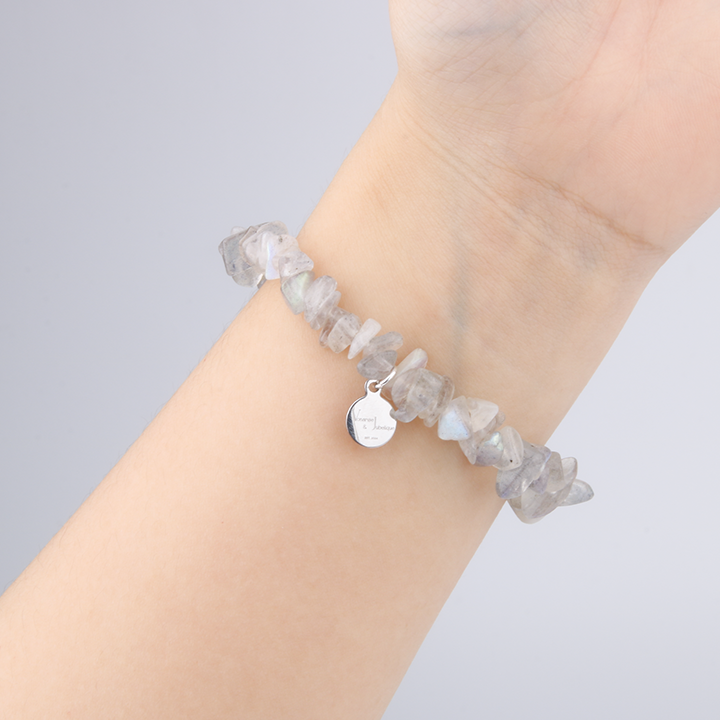
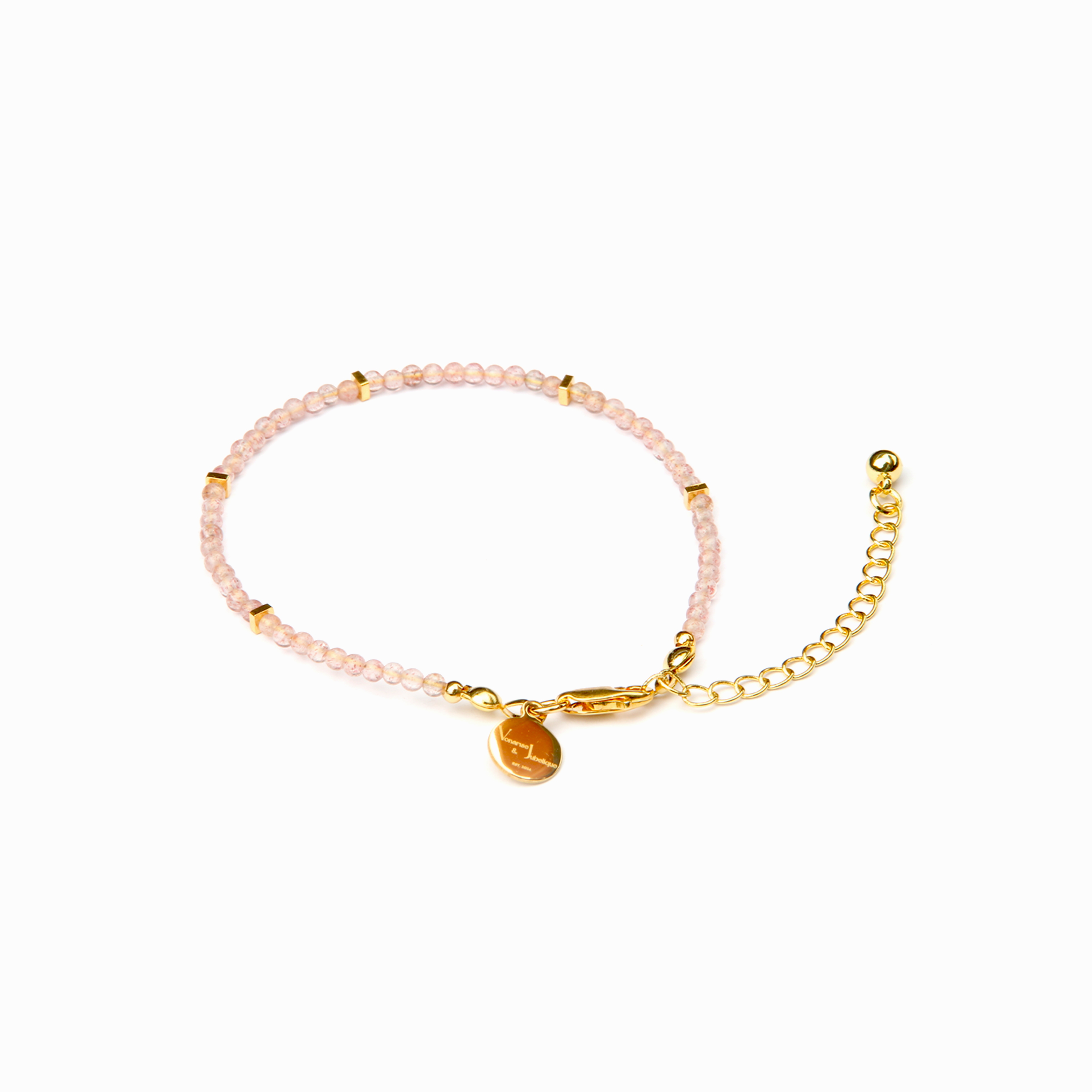

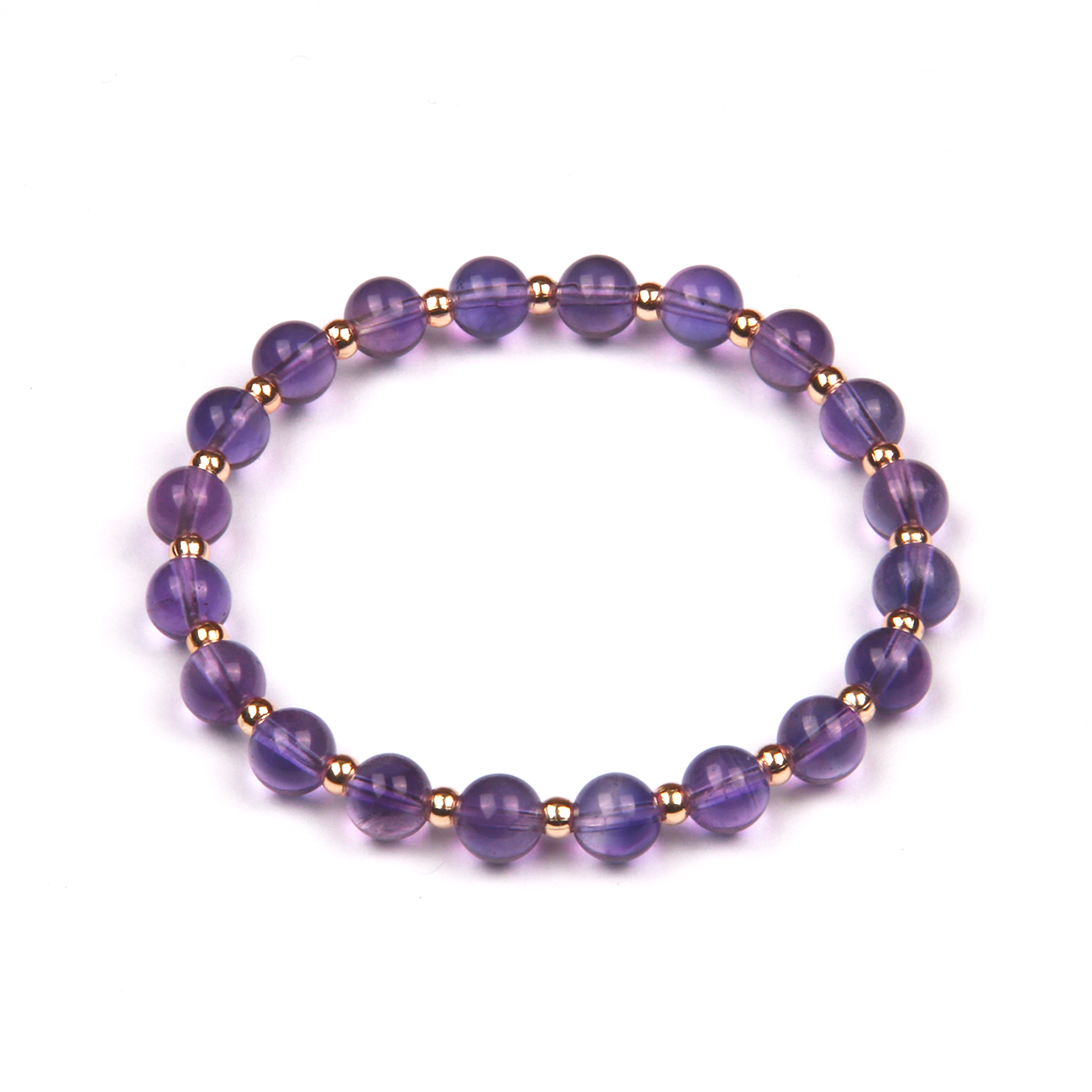
Share:
Onyx
Opal